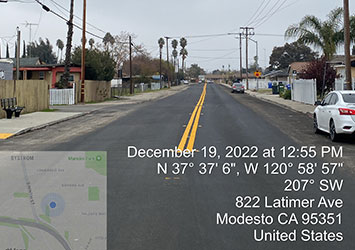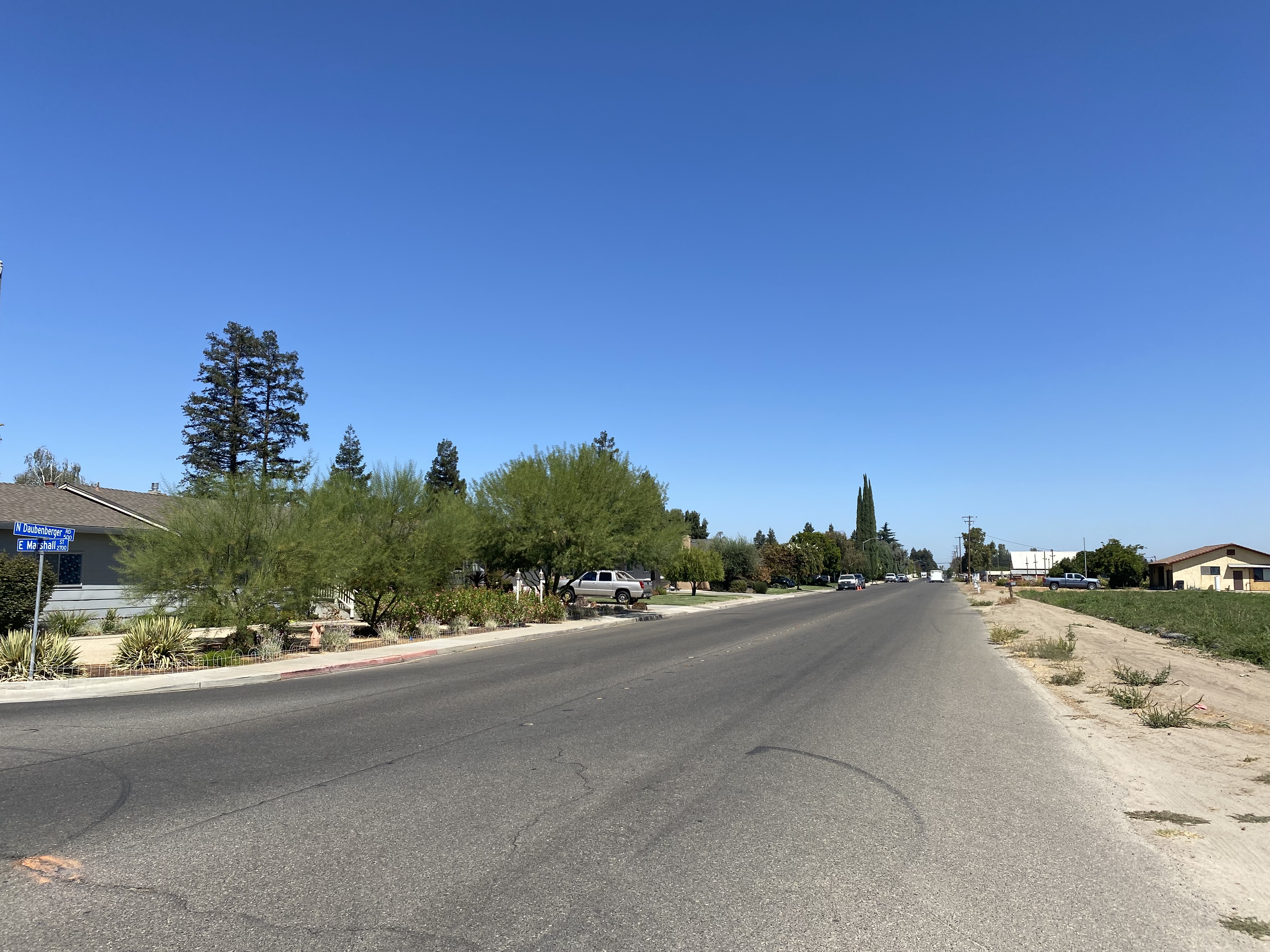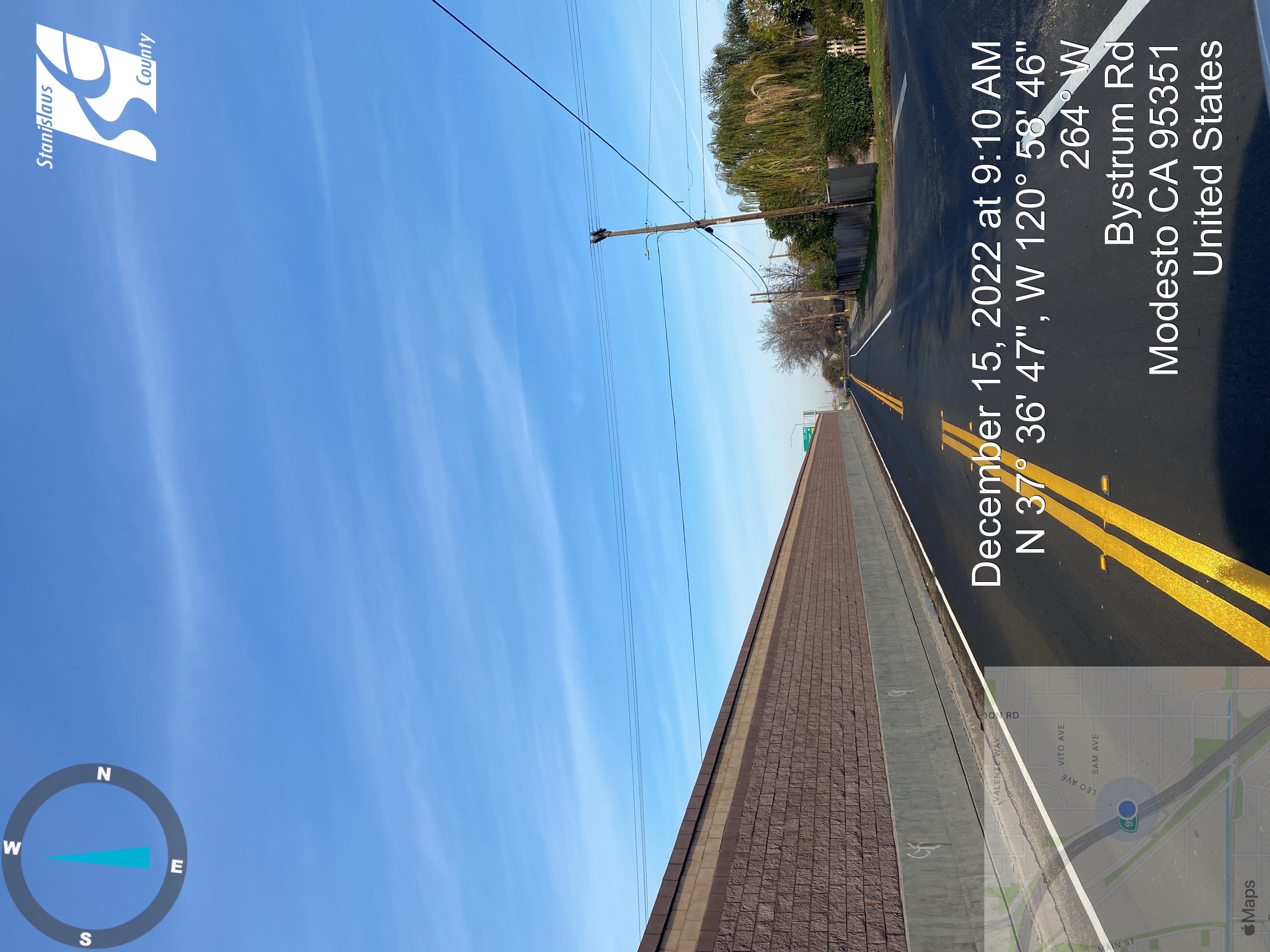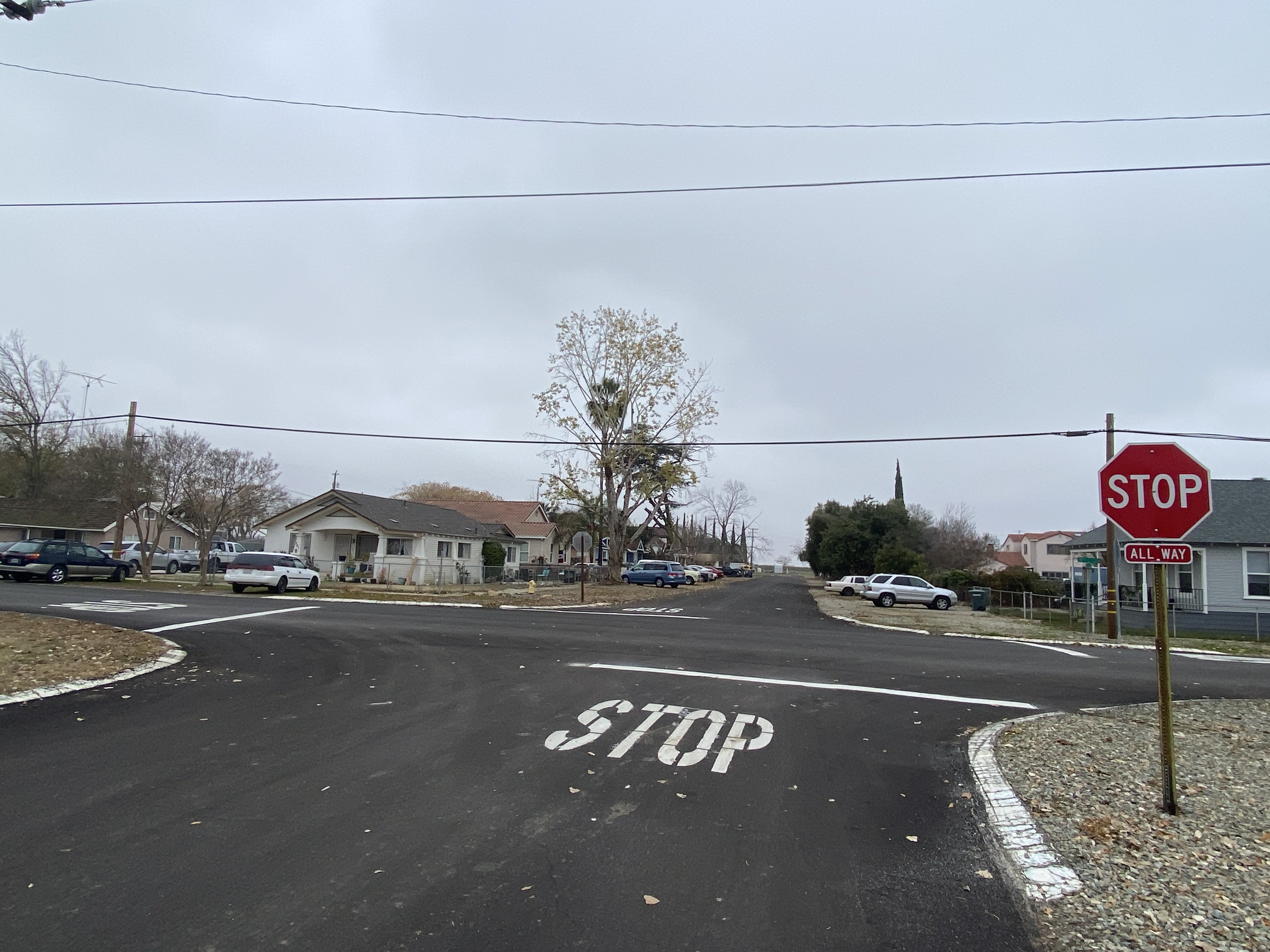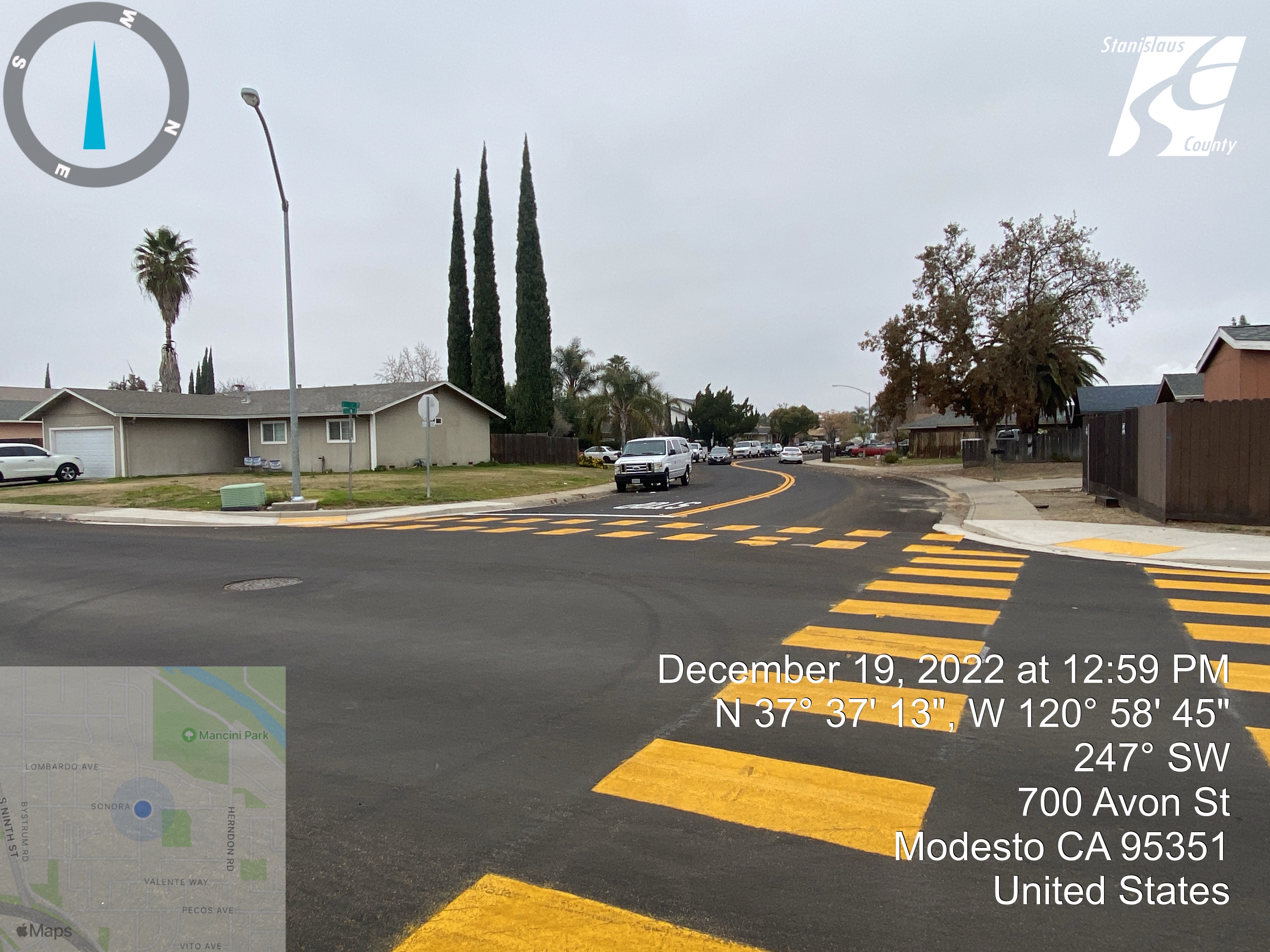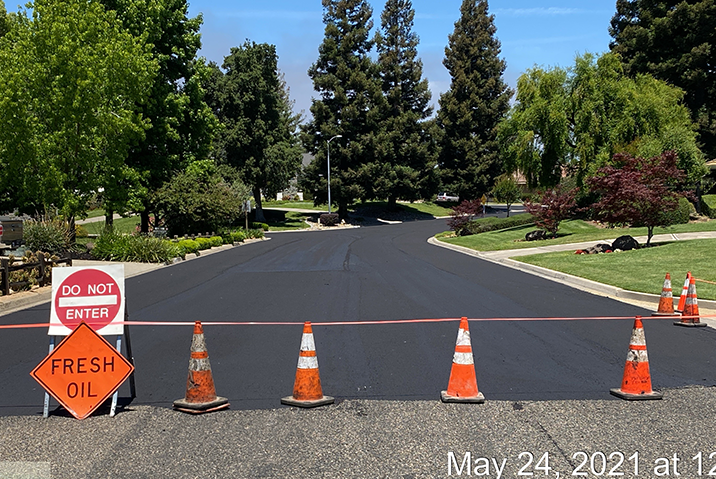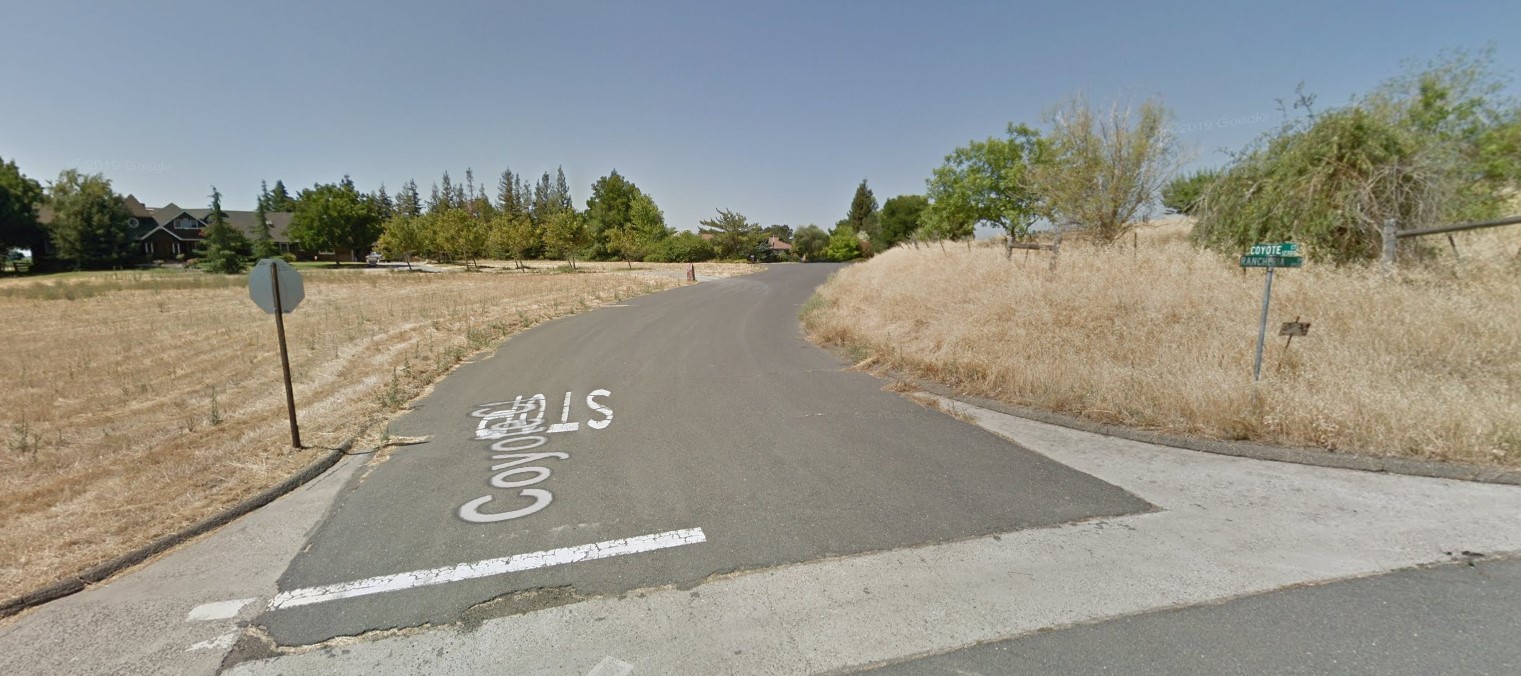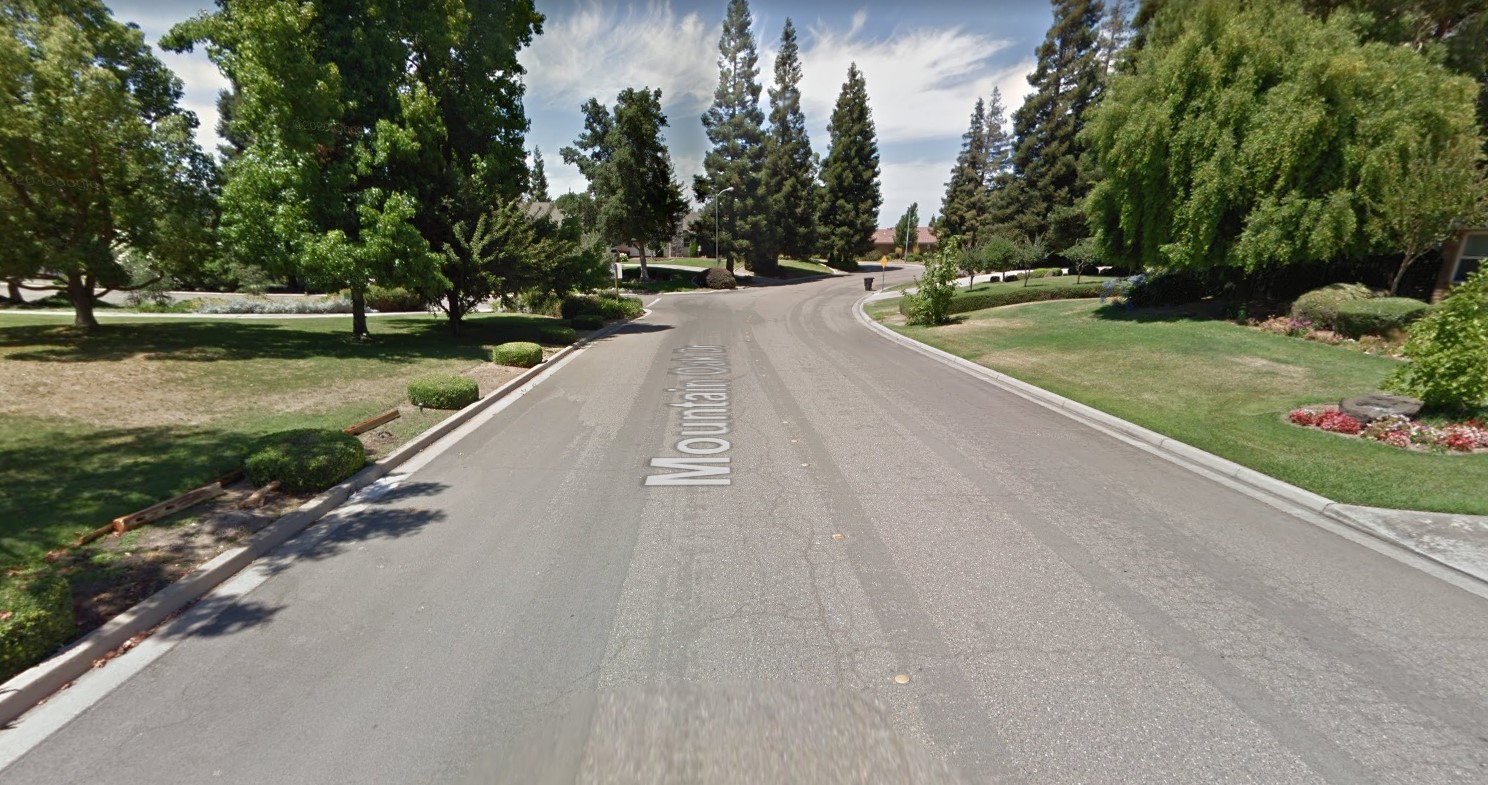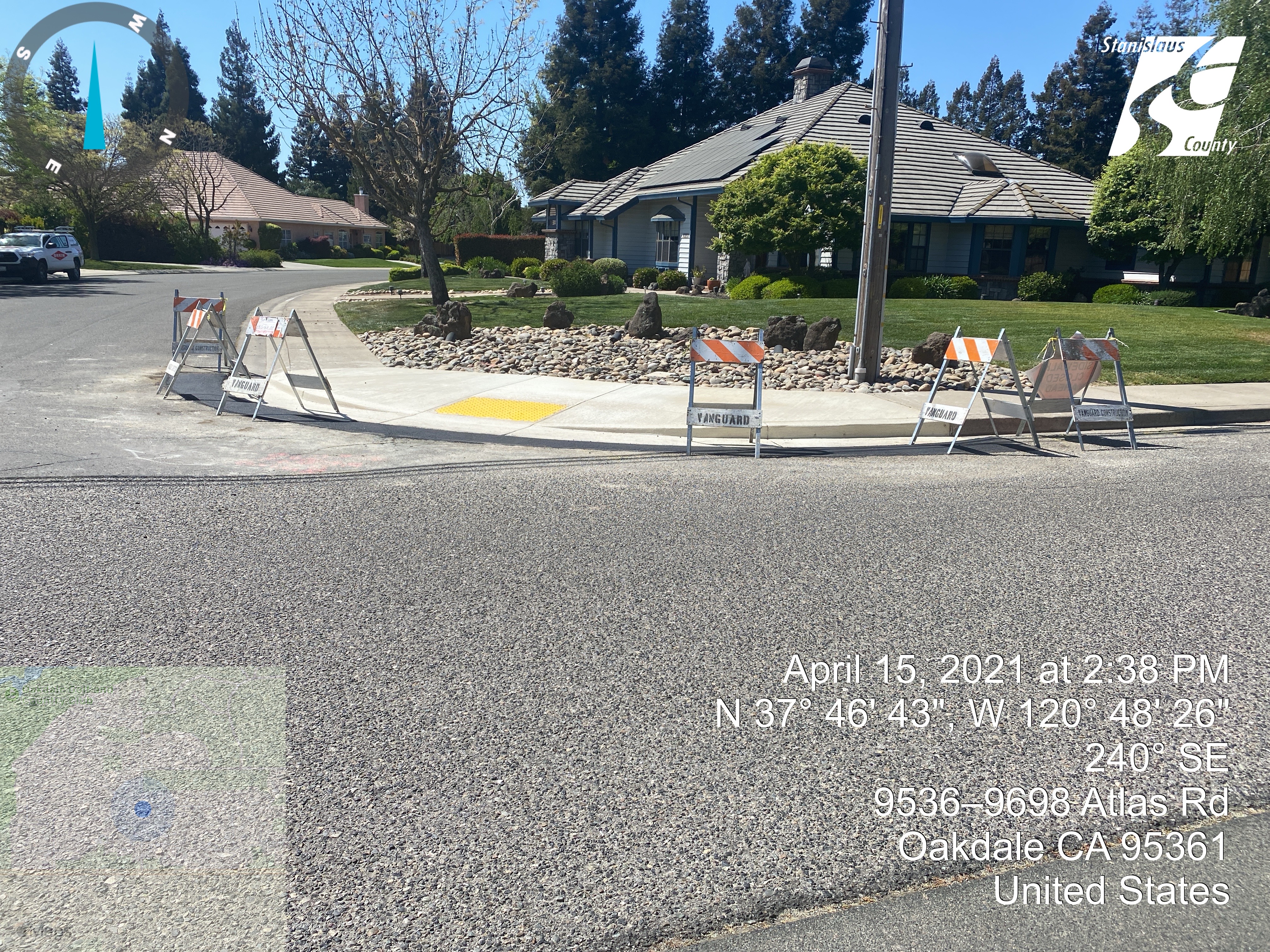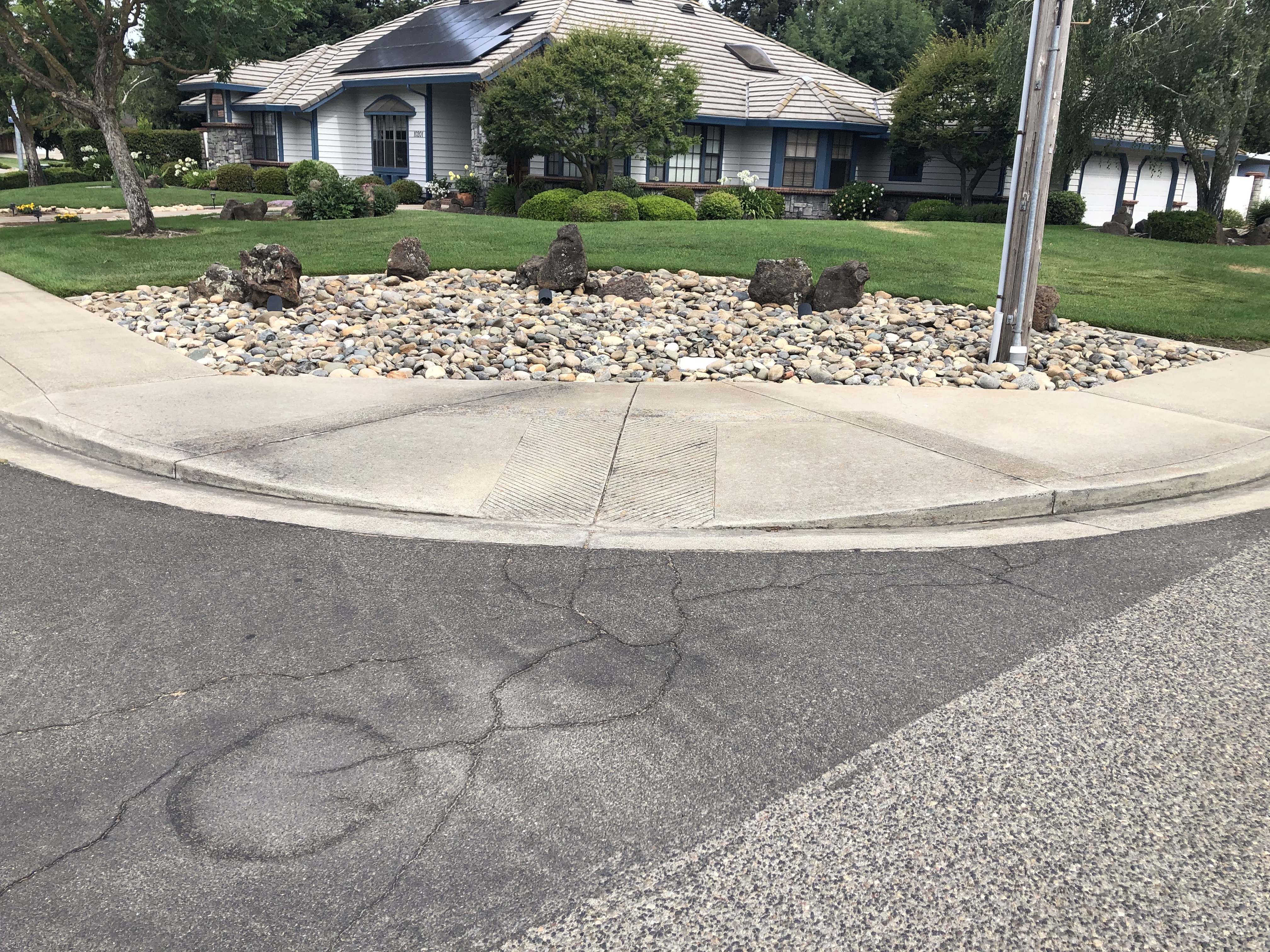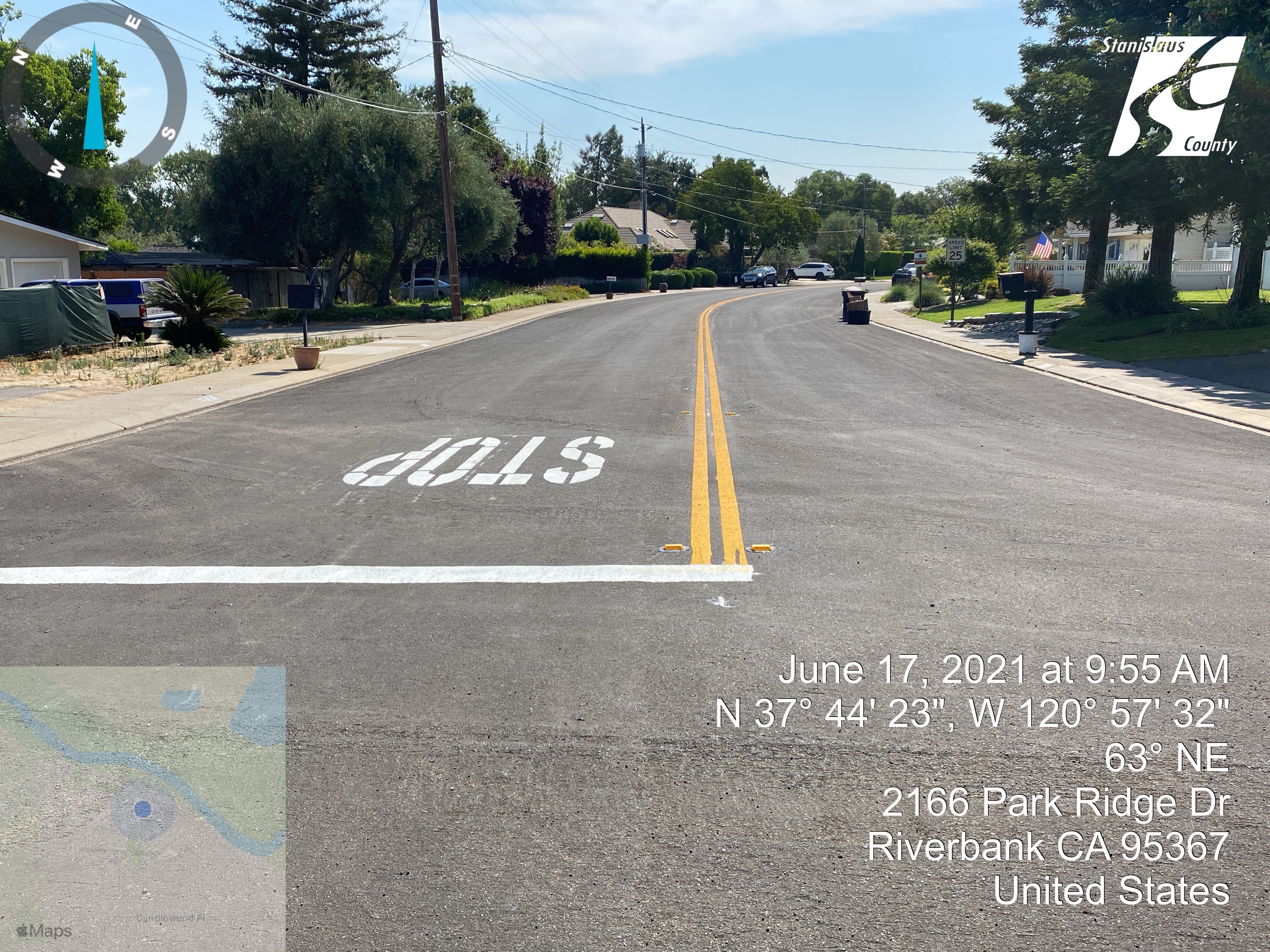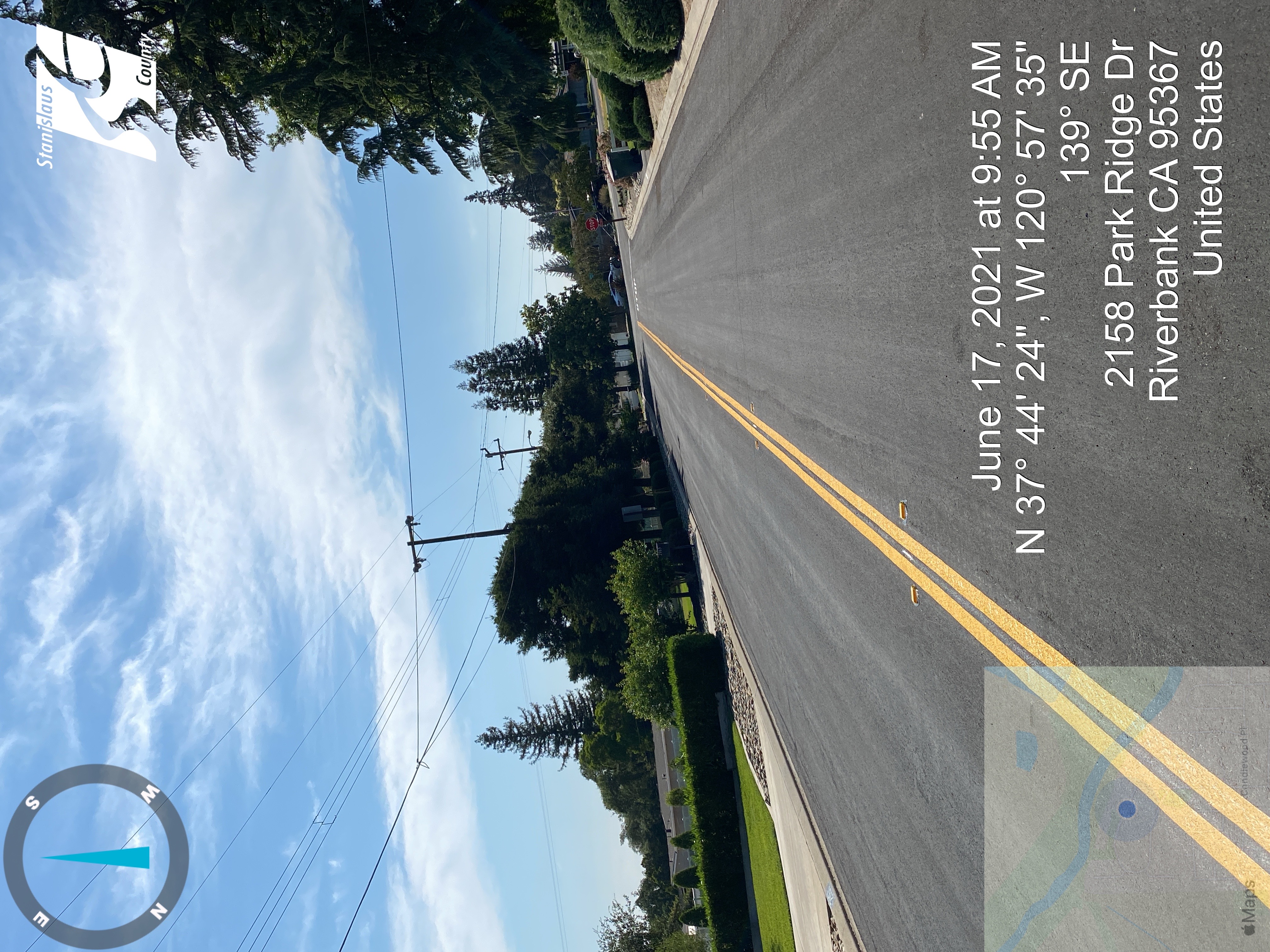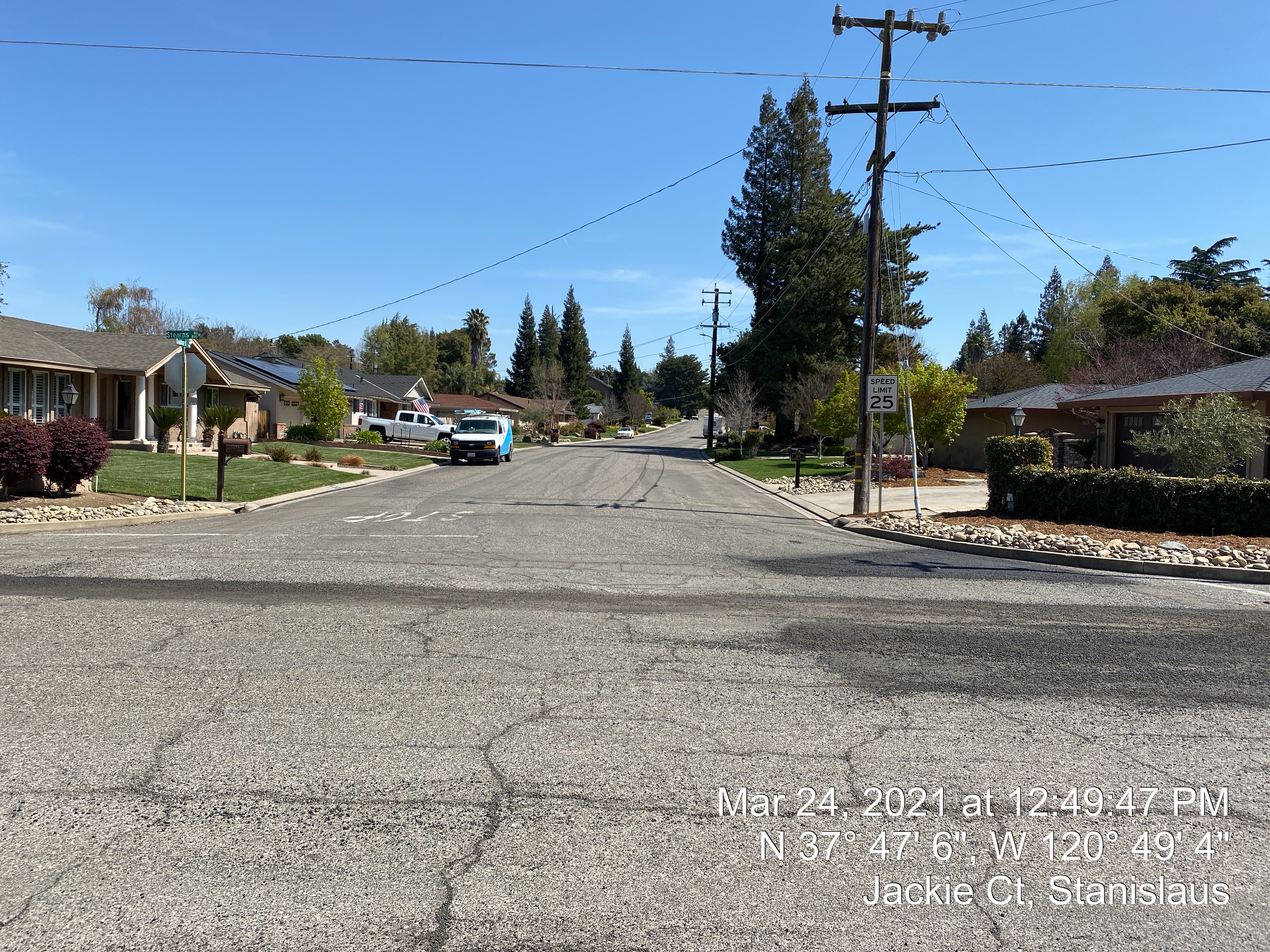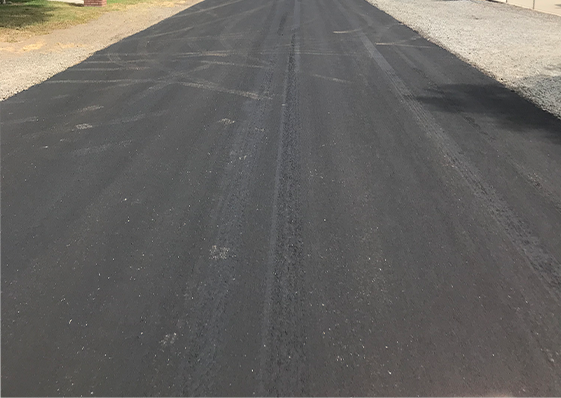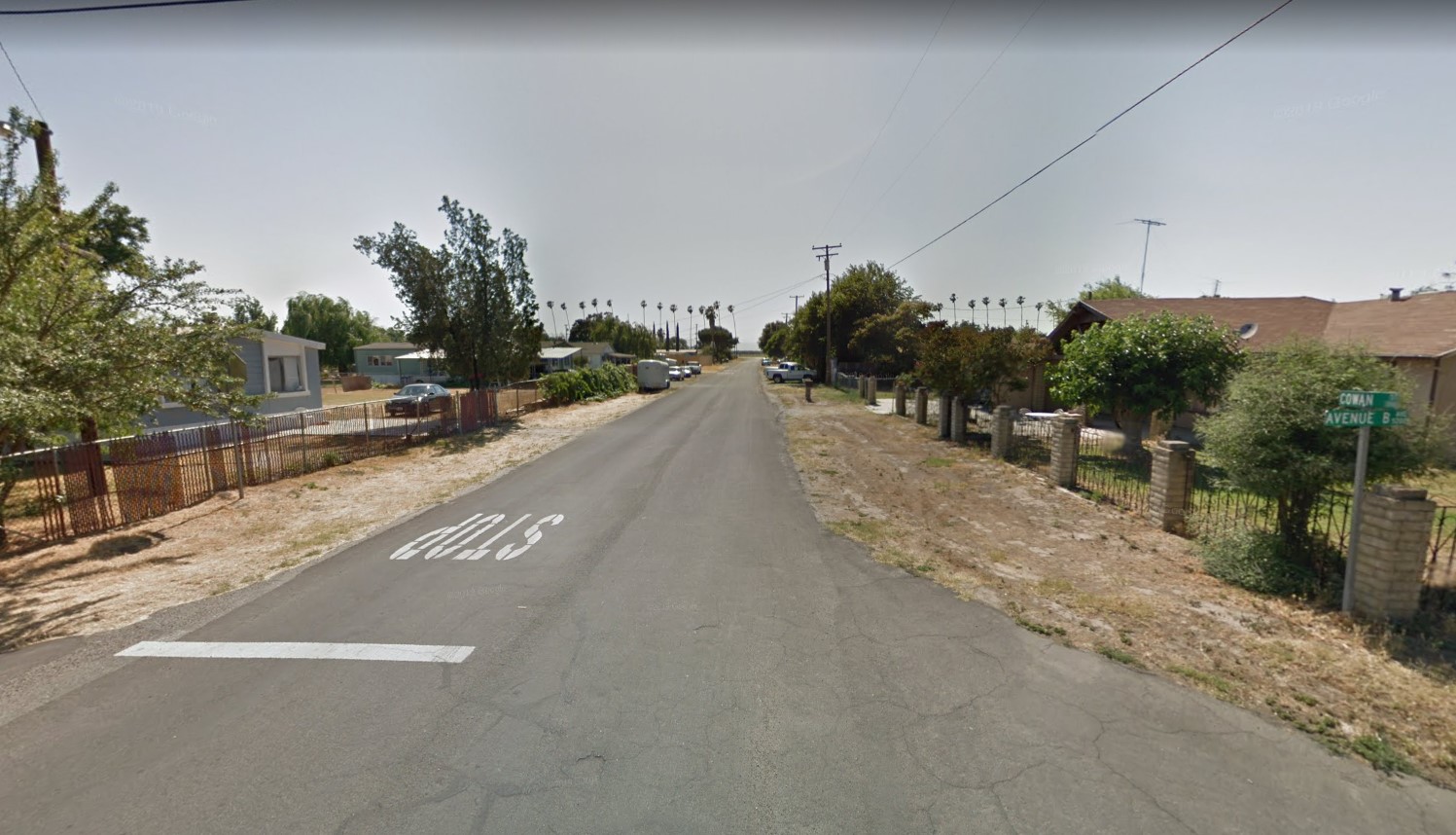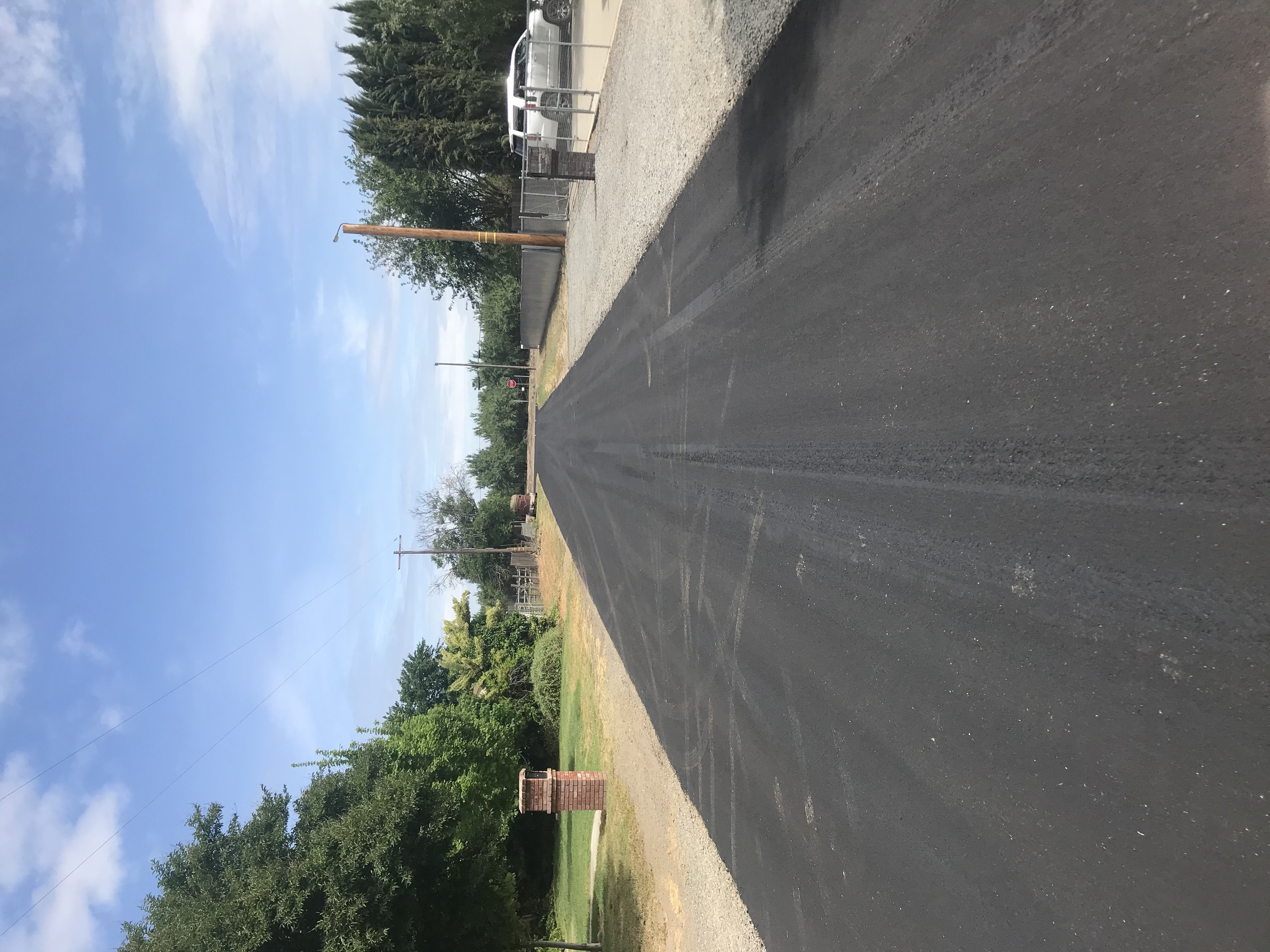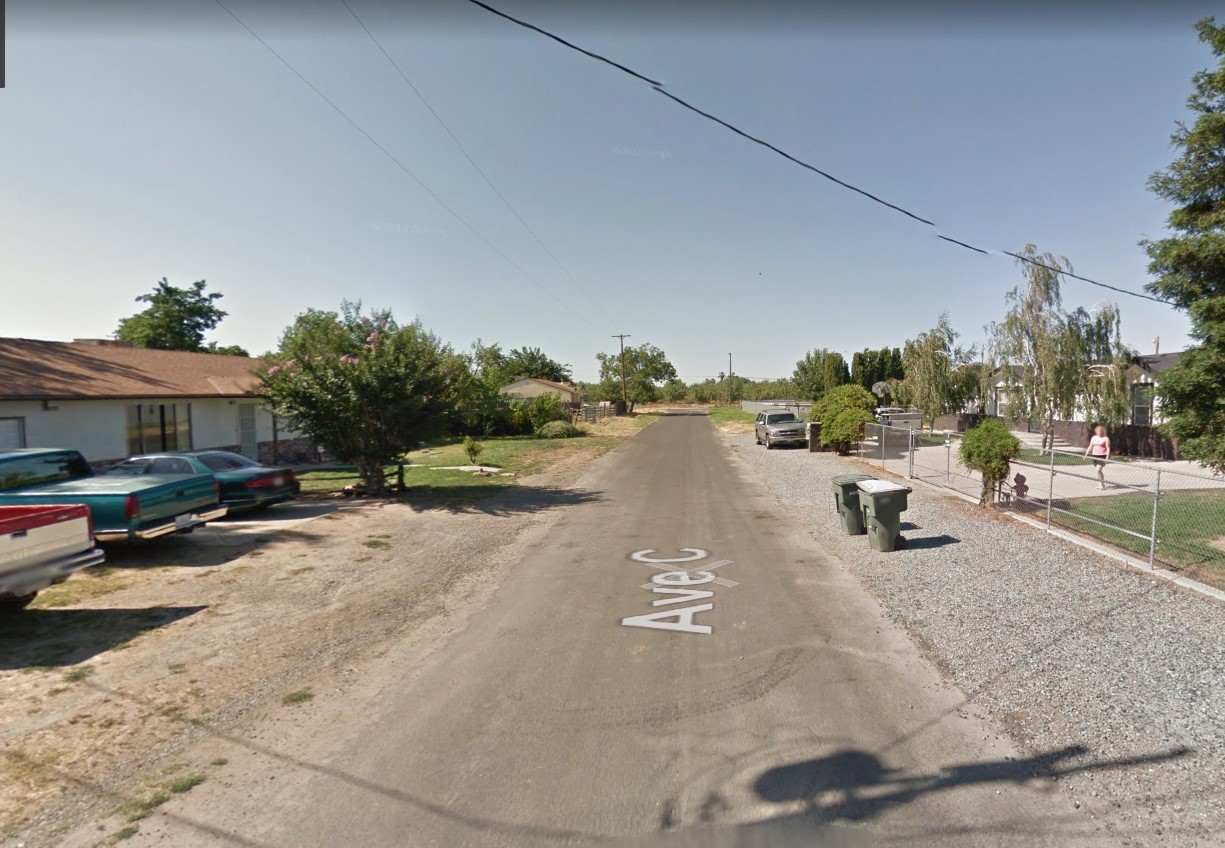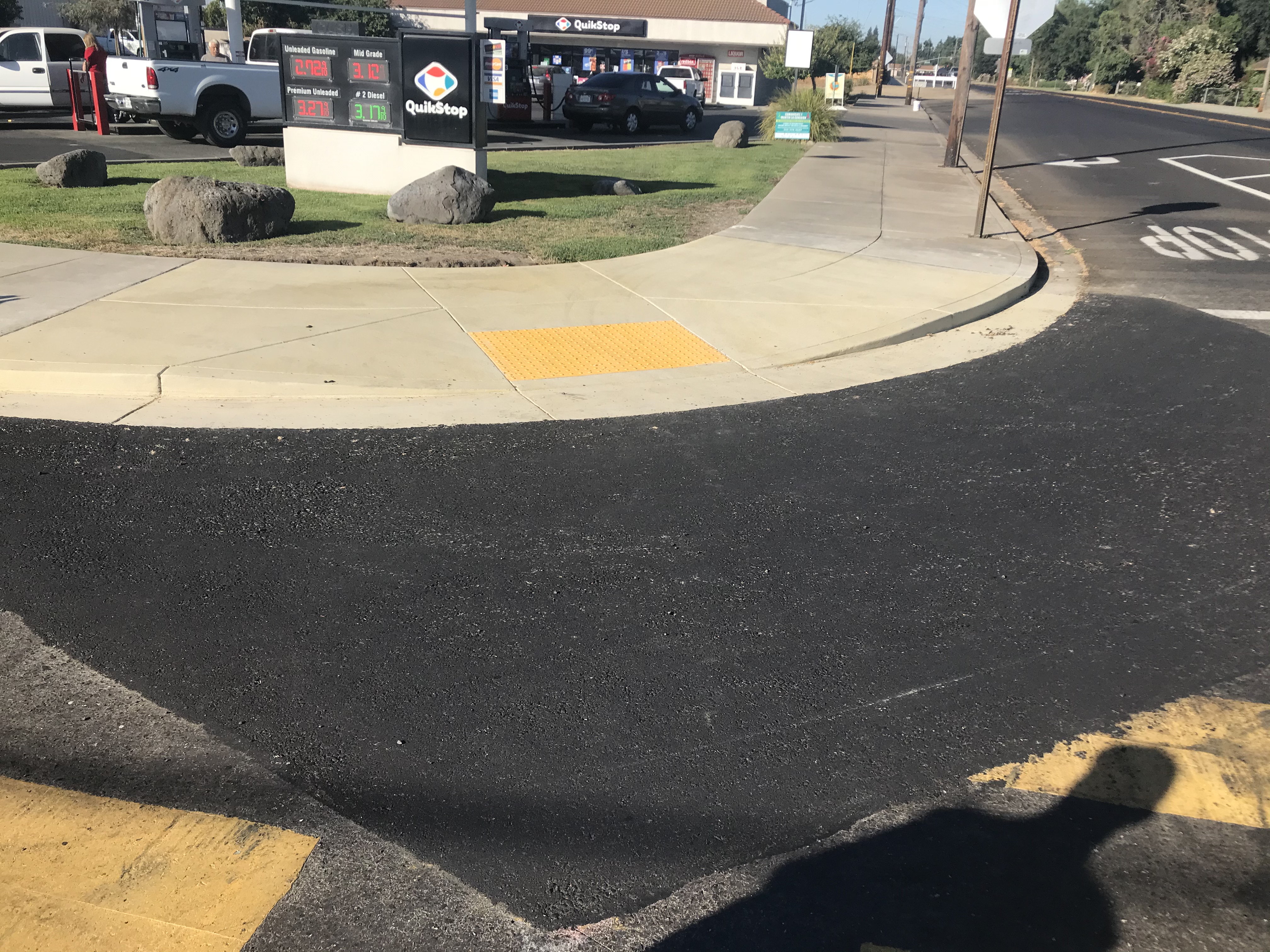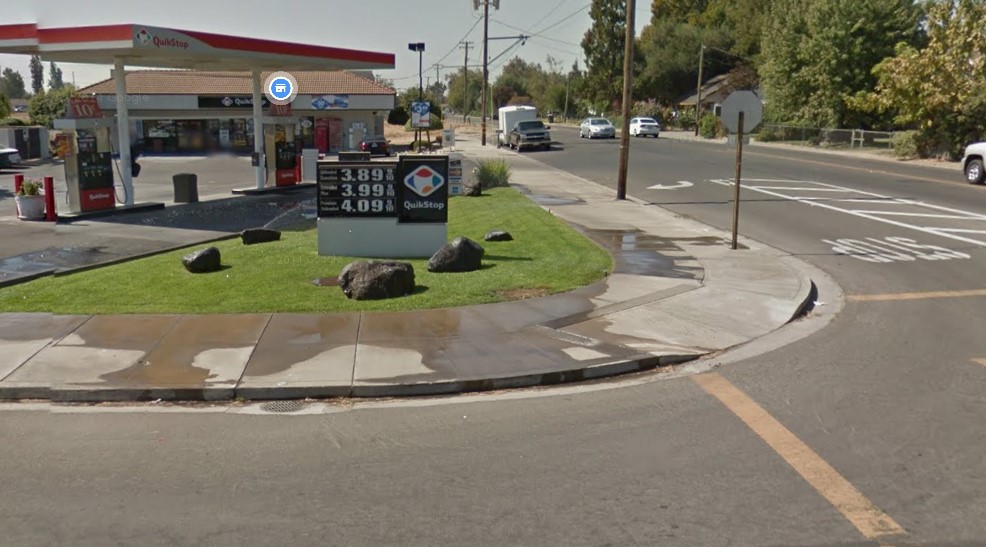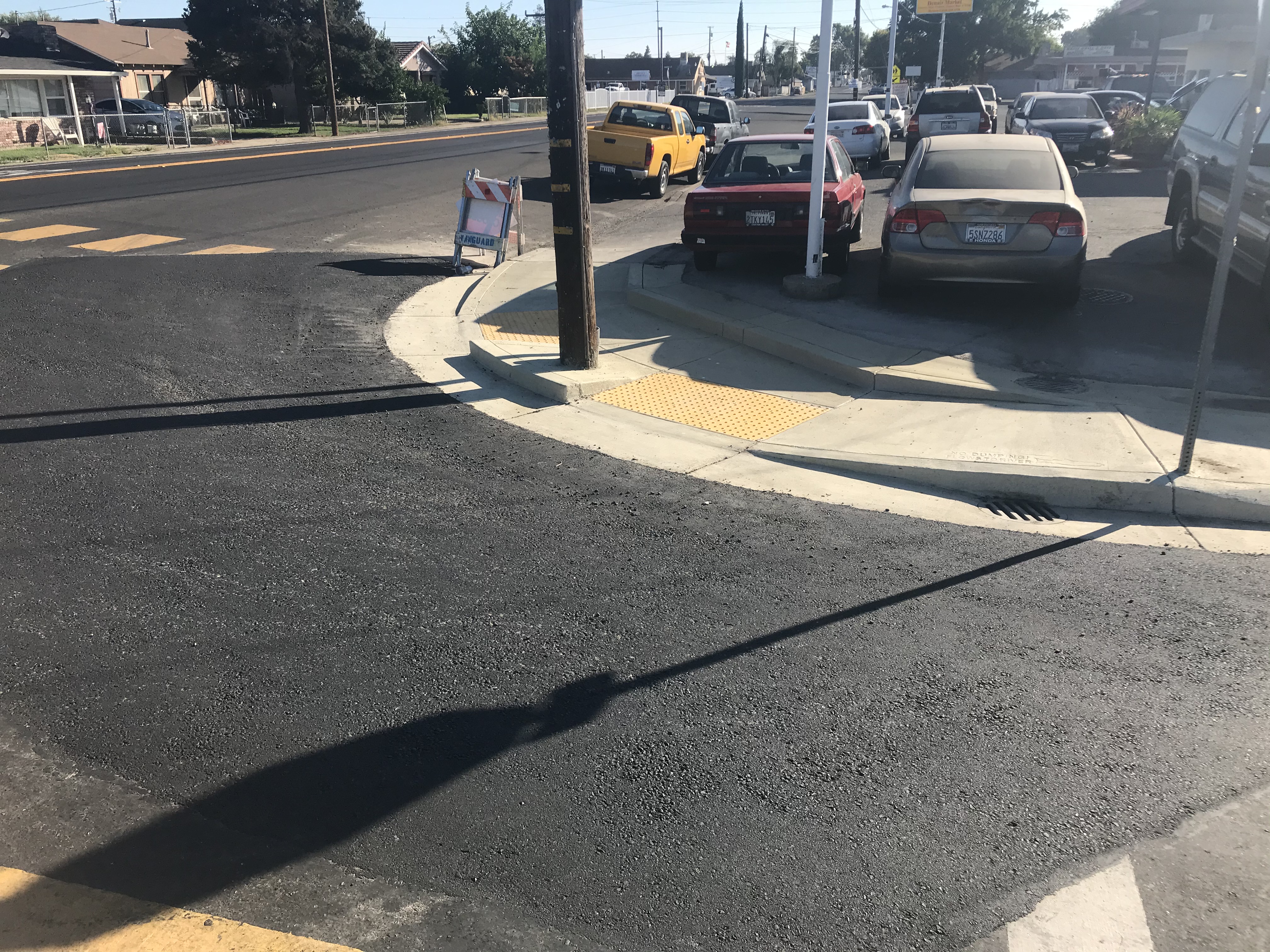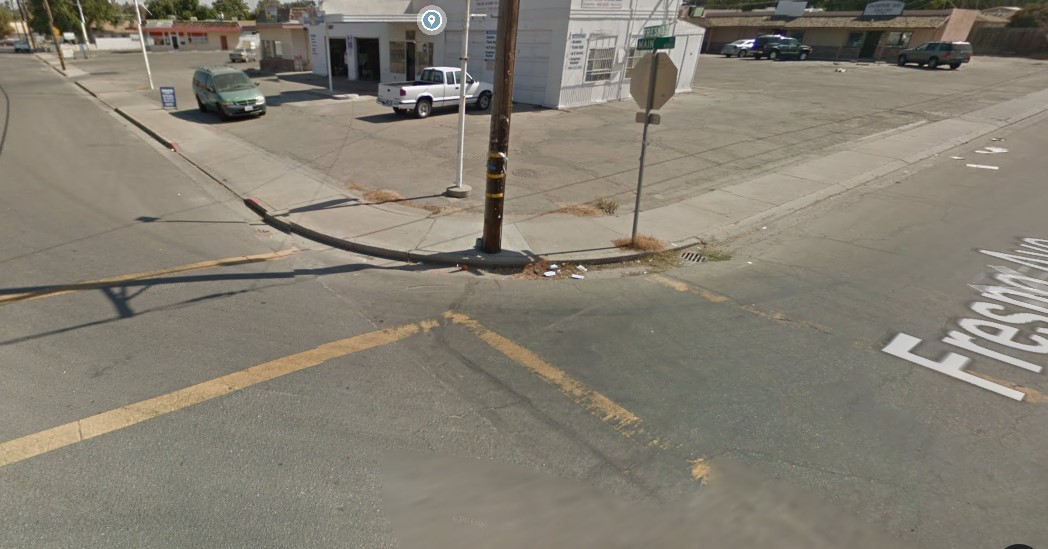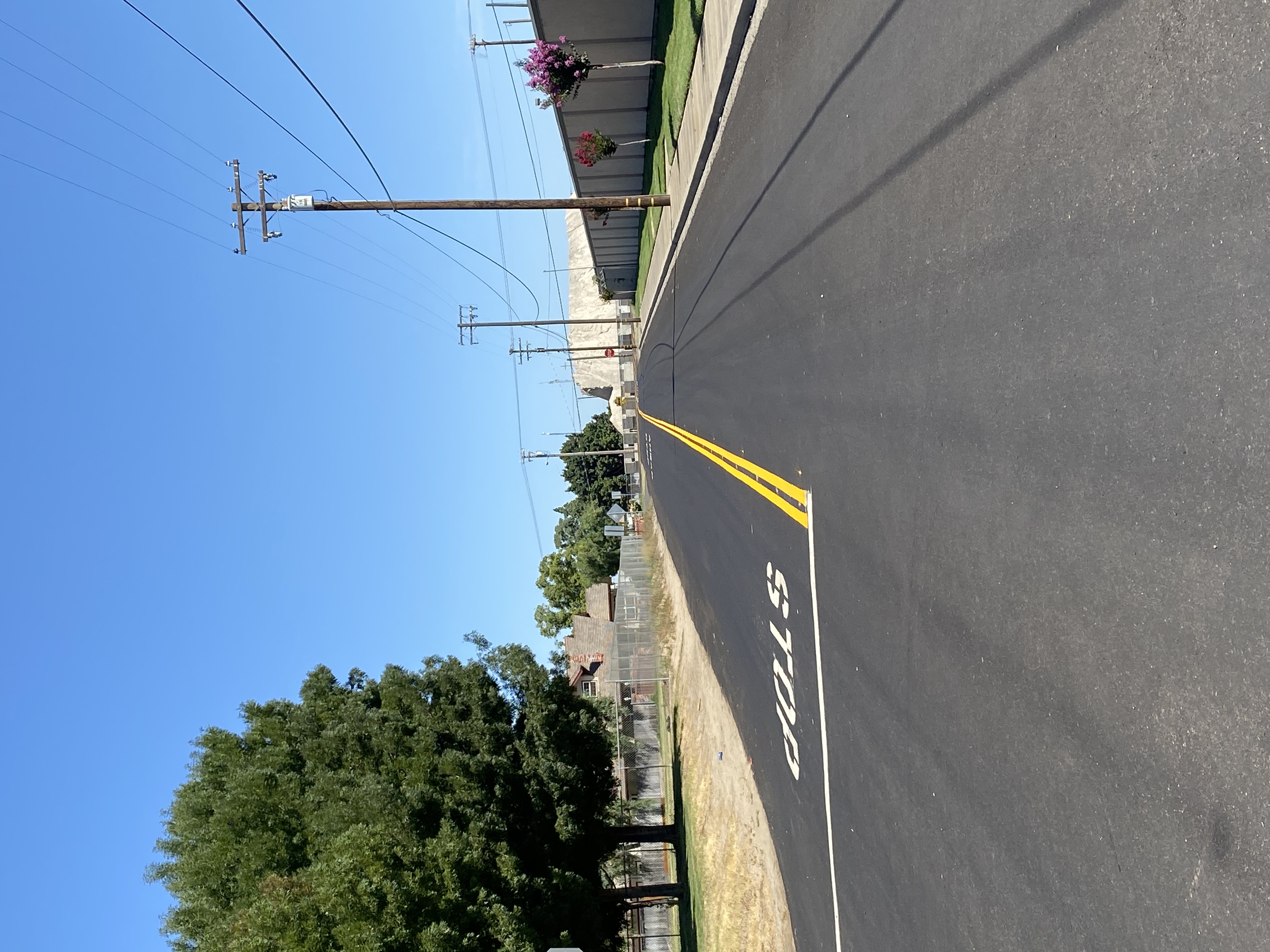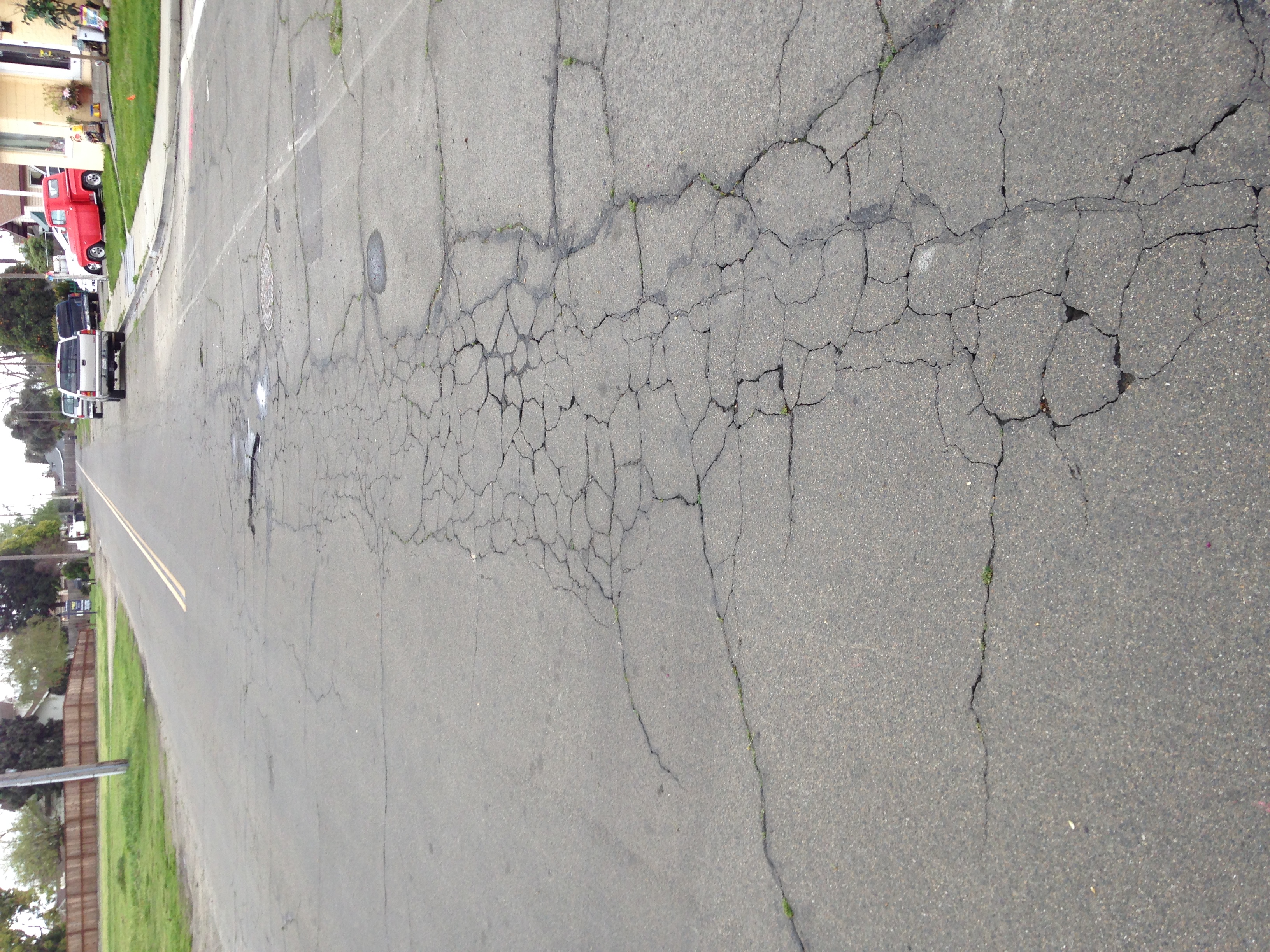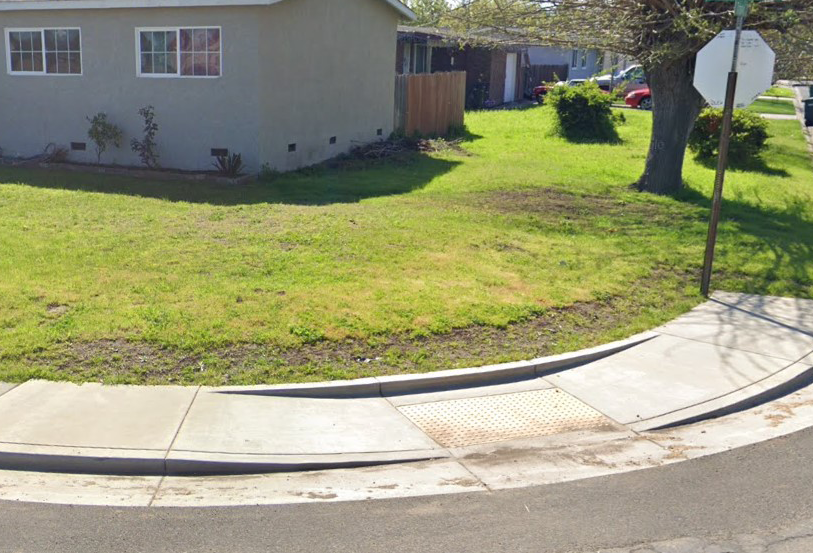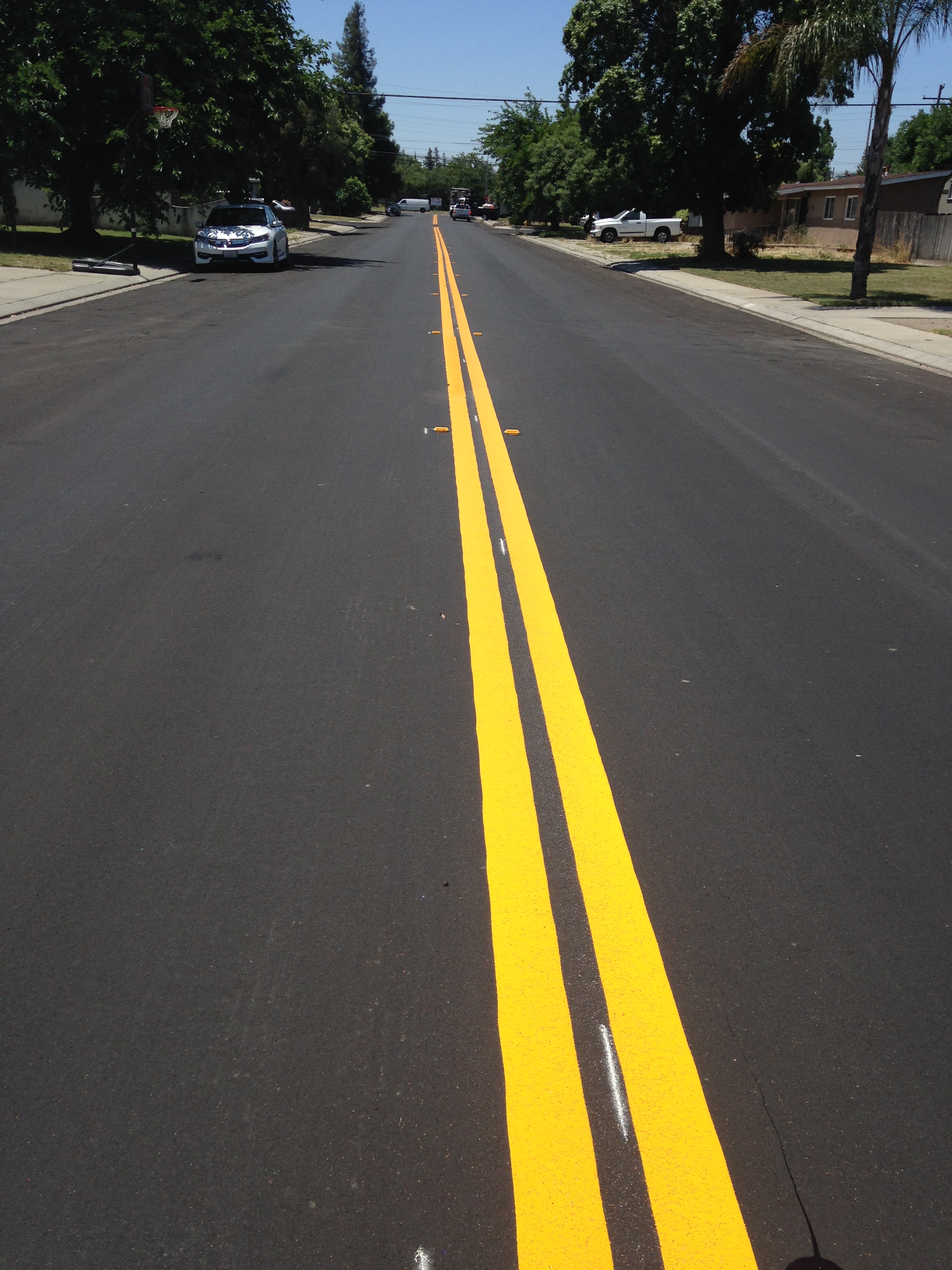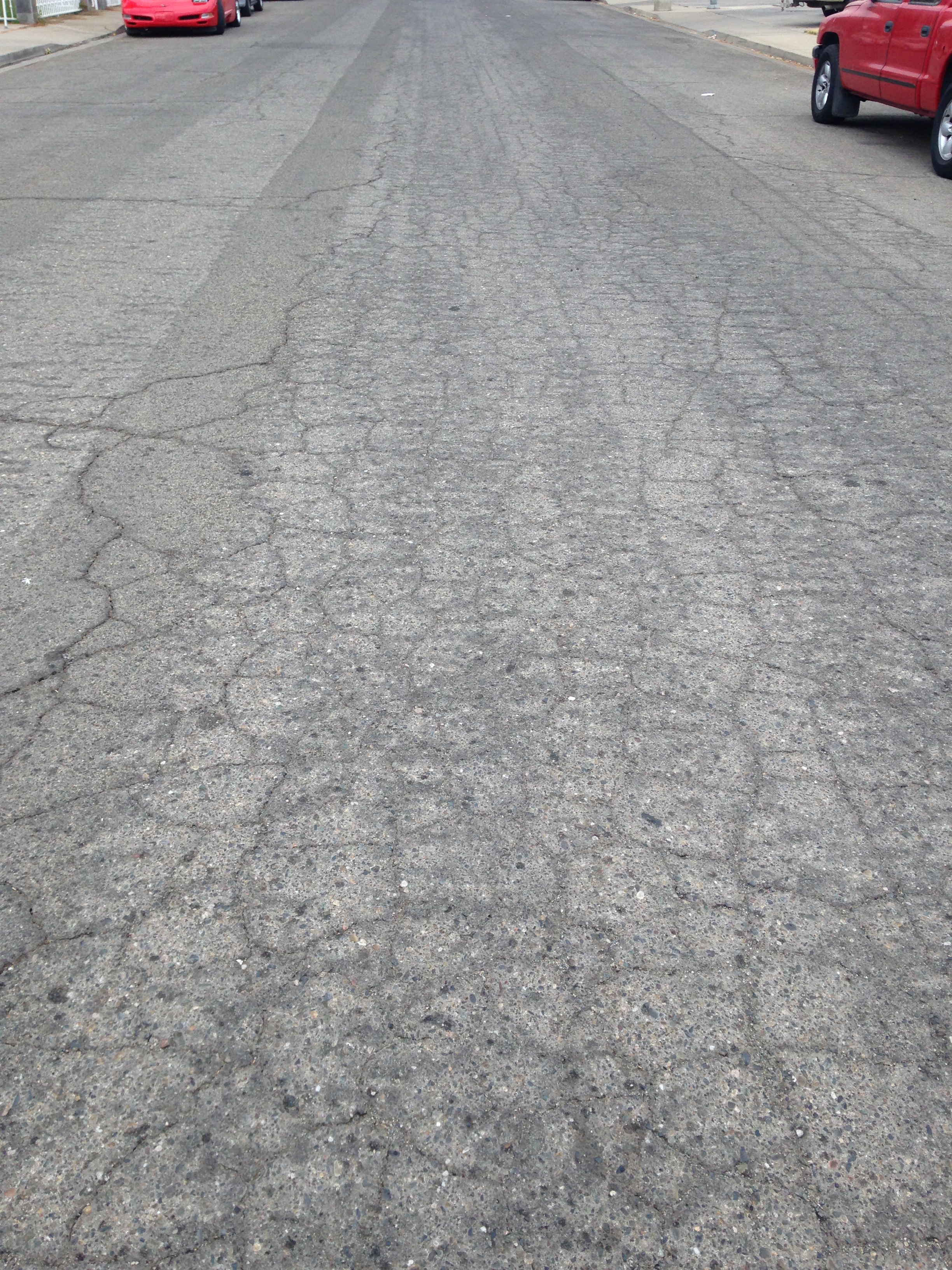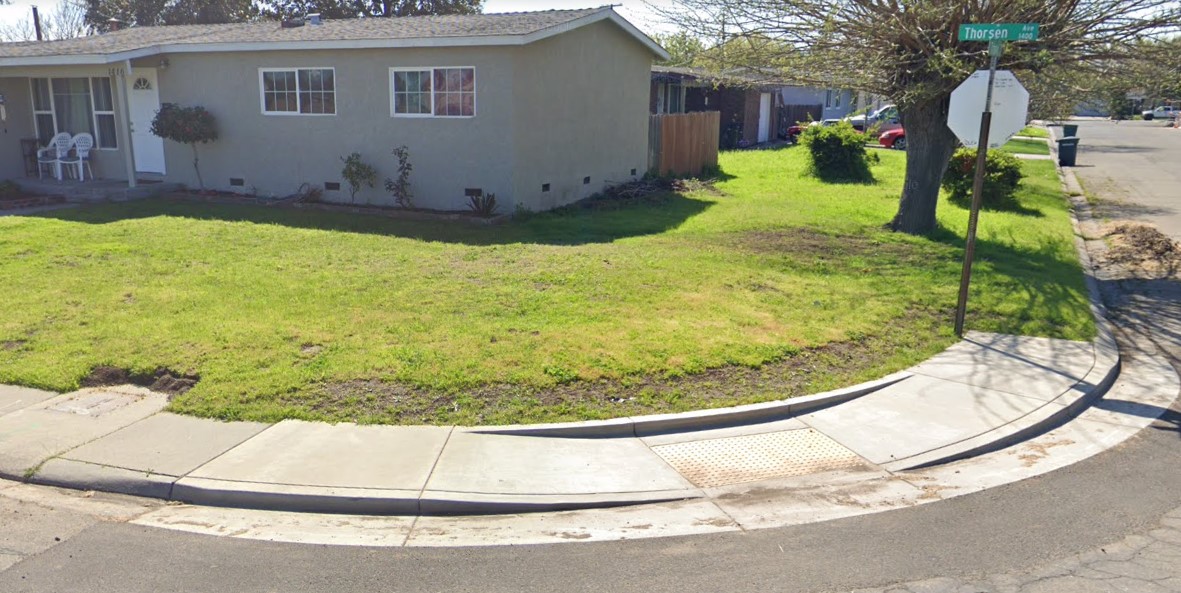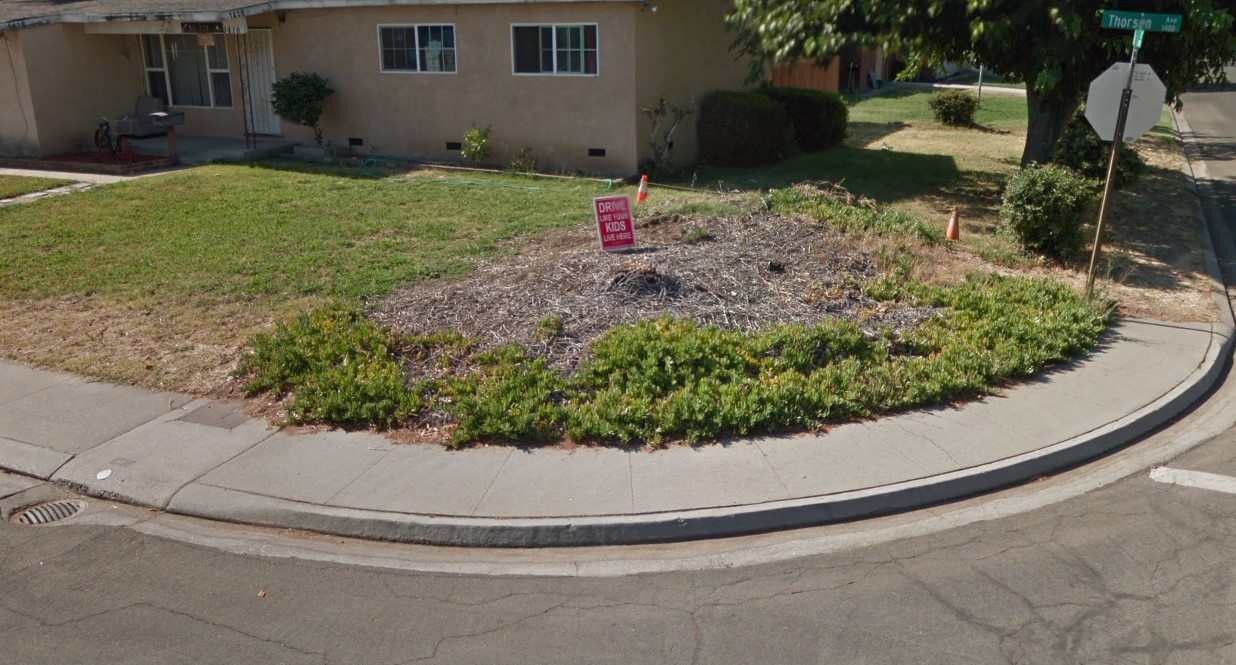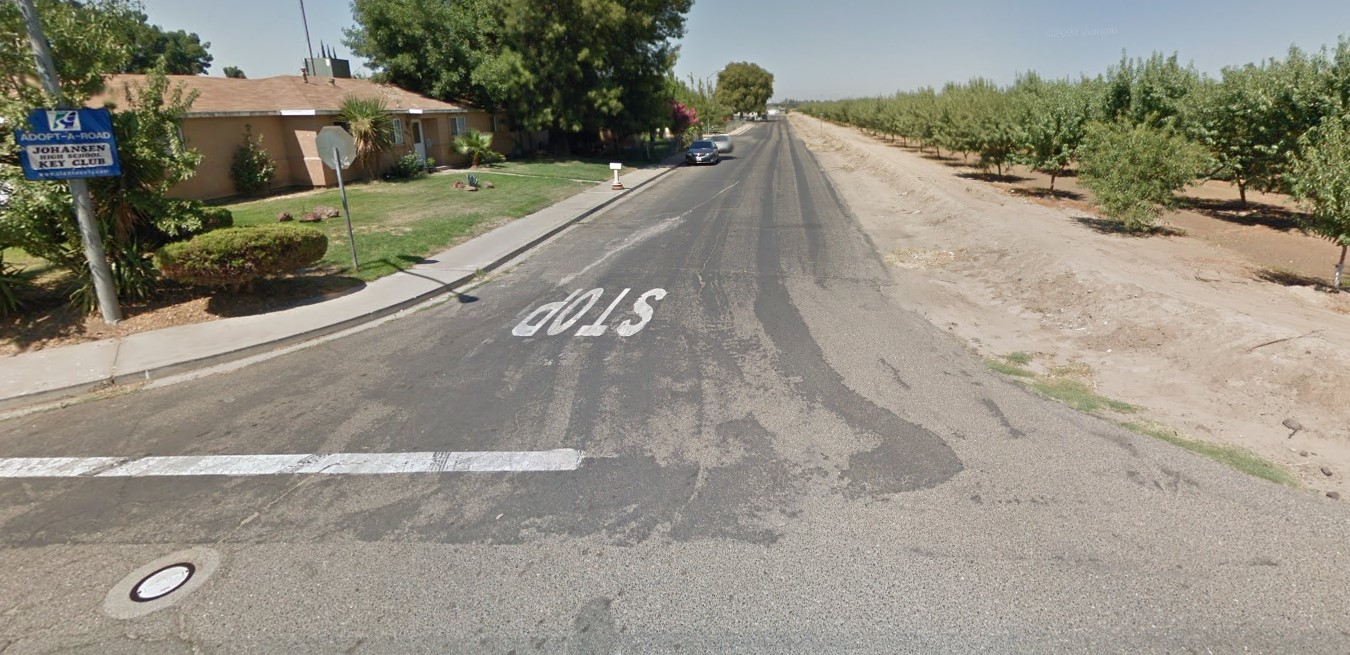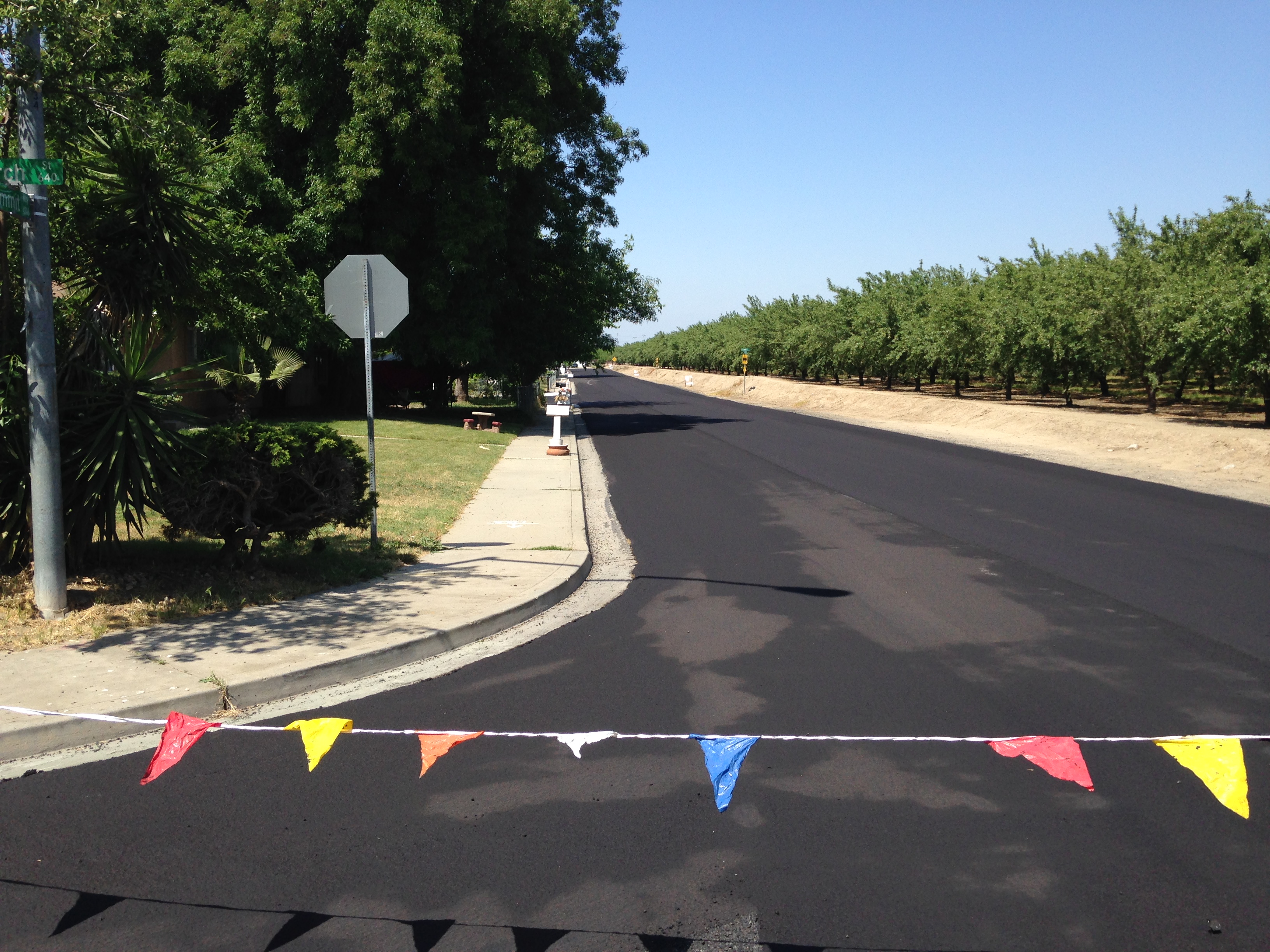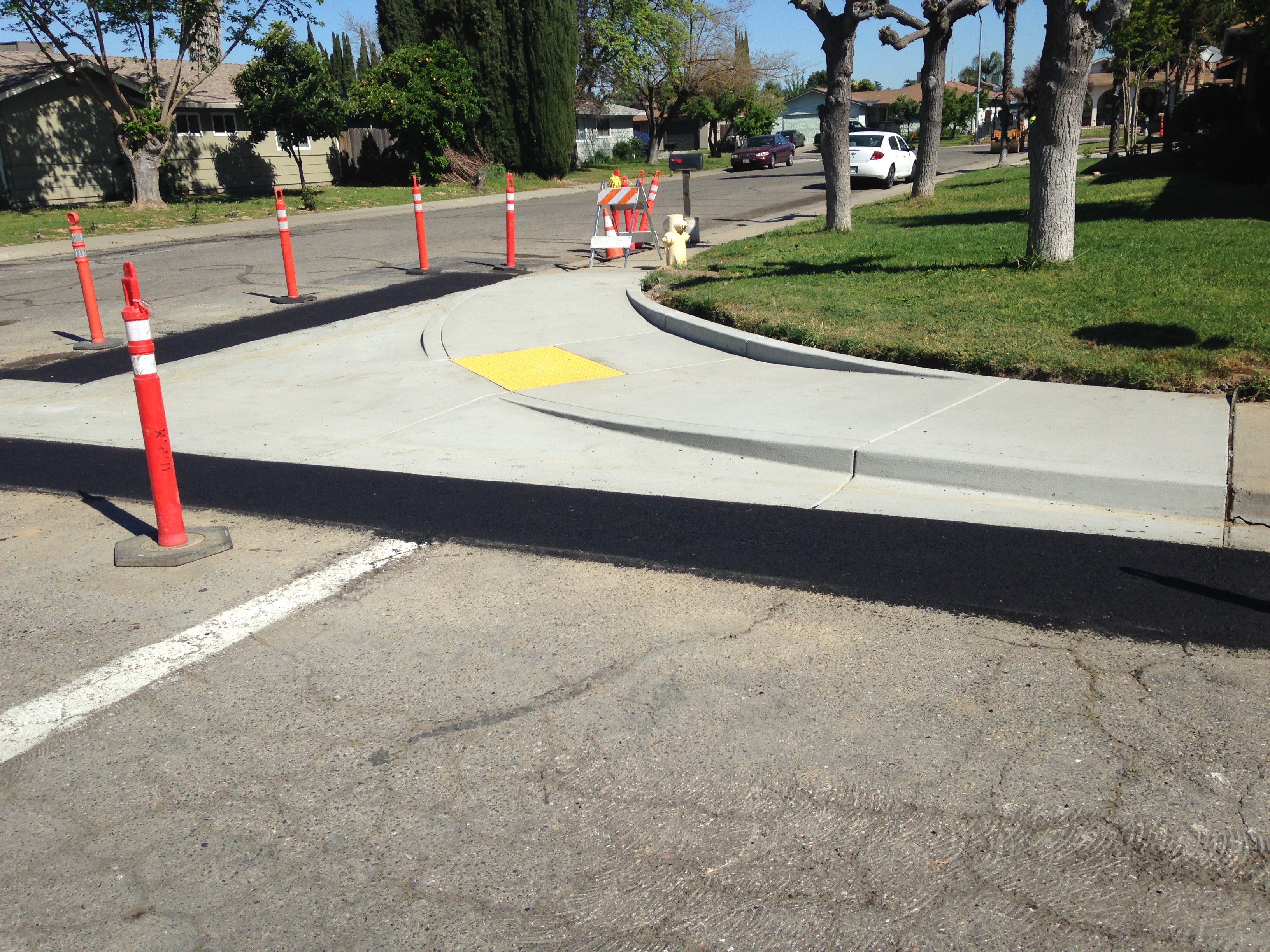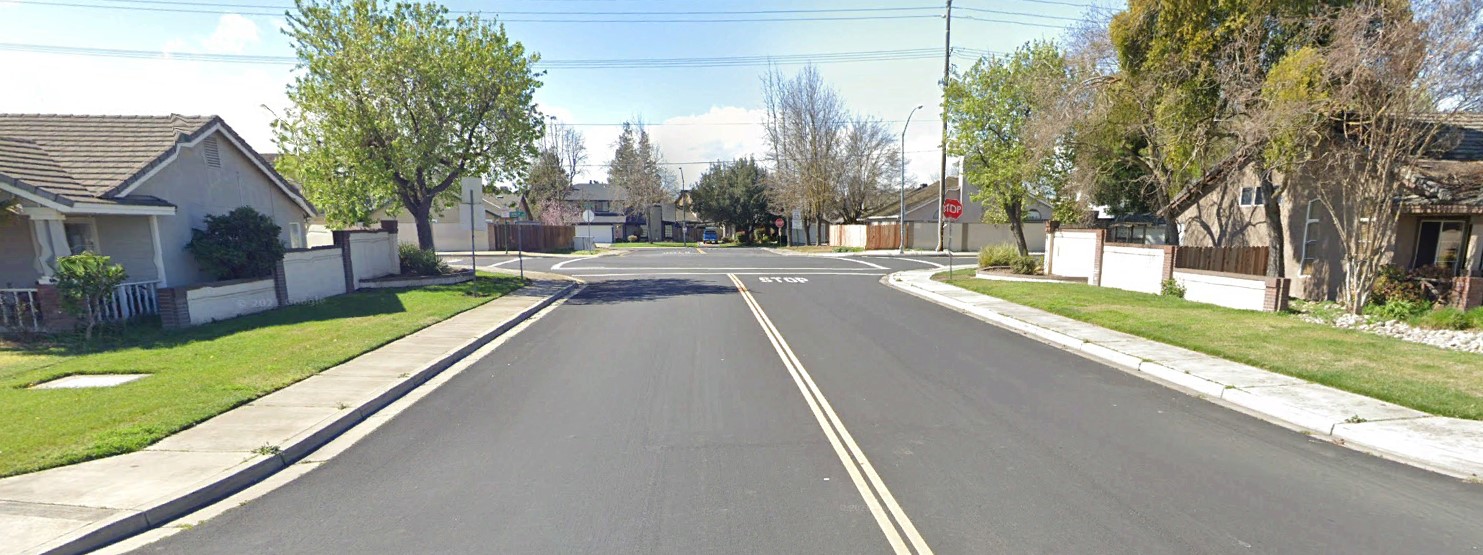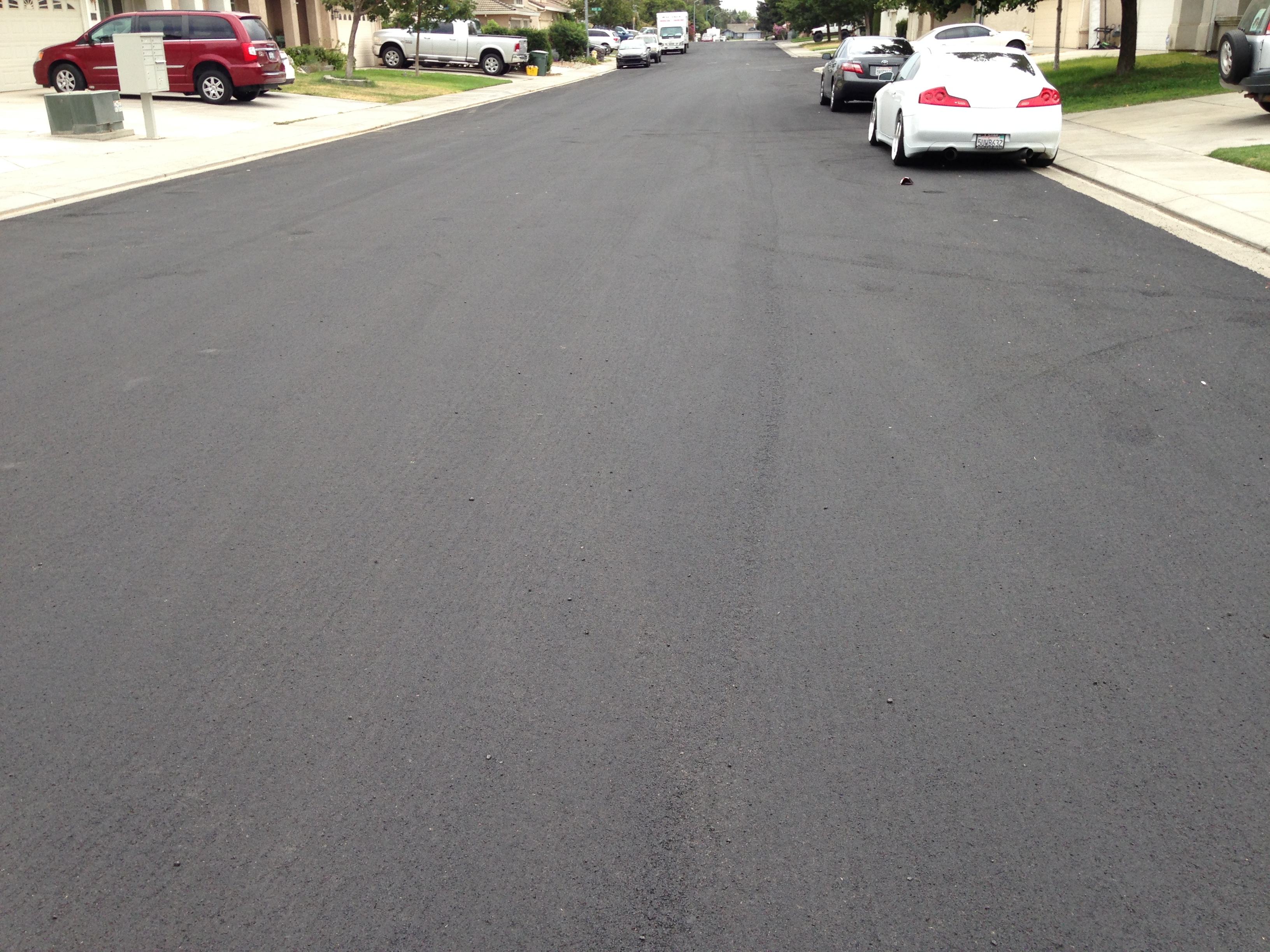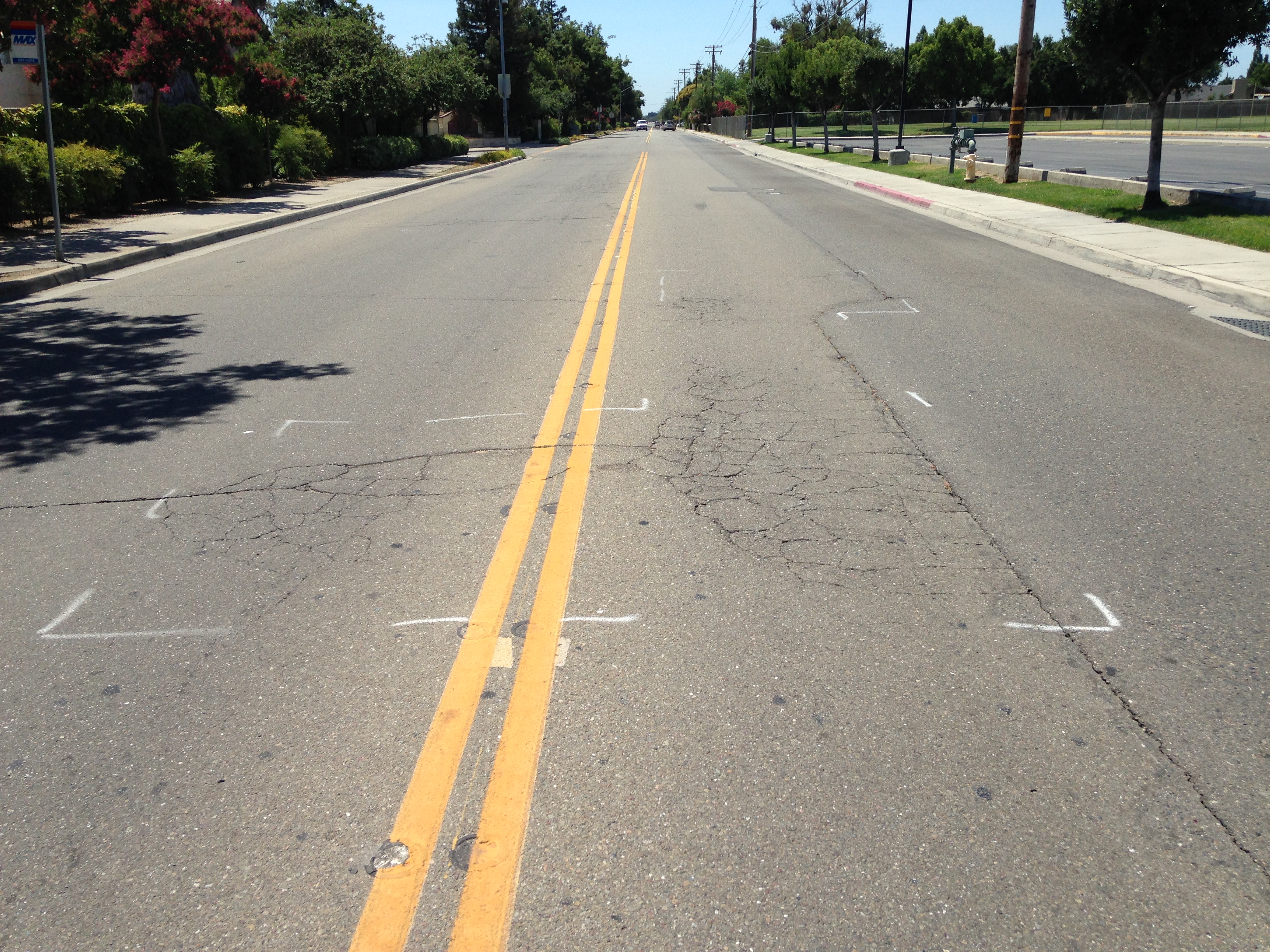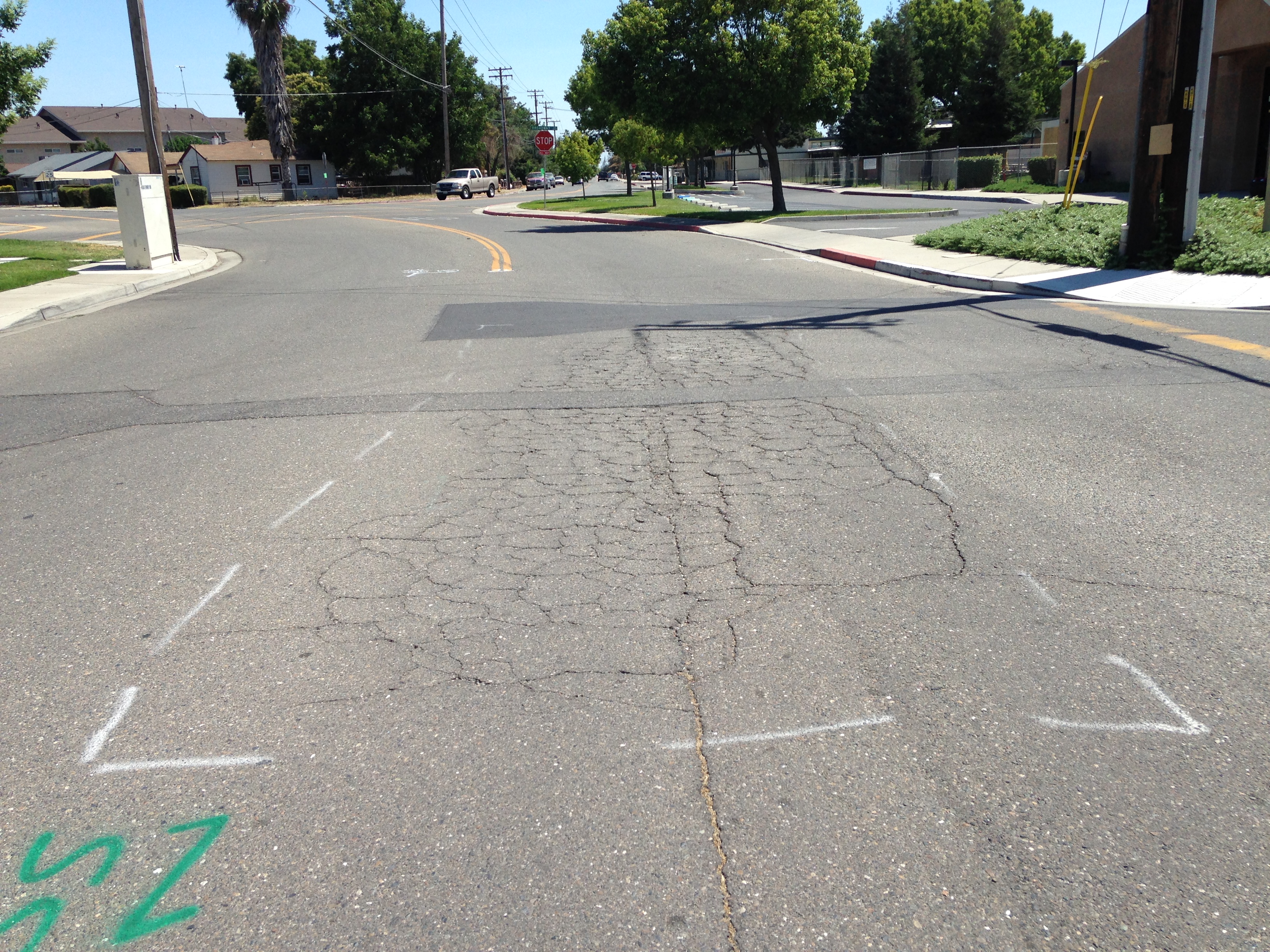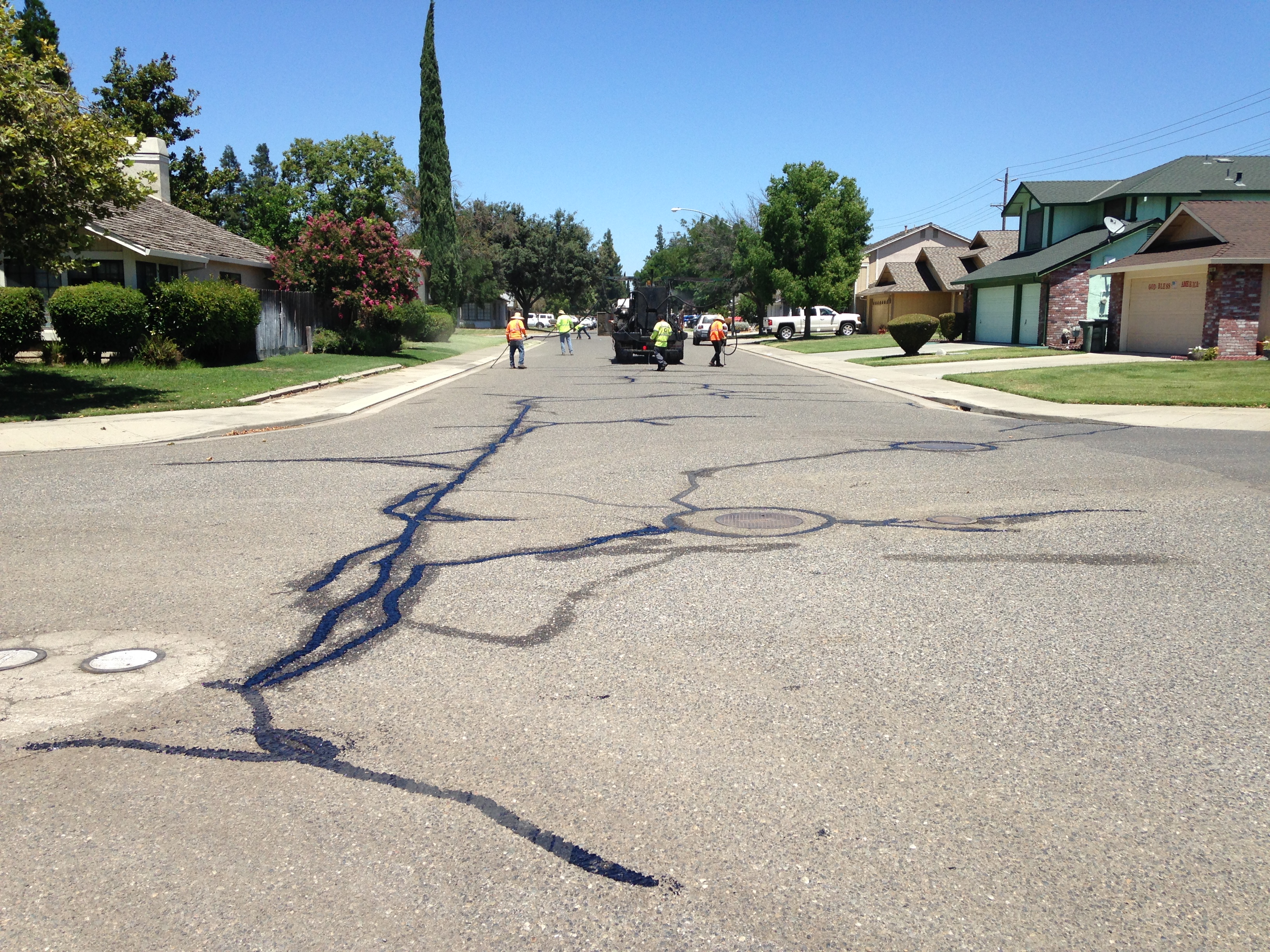Urban Pavement Preservation
As stewards of public funds Stanislaus County Public Works makes every effort to adhere to industry Best Management Practices (BMP) by maintaining roads in good working condition rather than waiting until they have deteriorated to an unusable state and require repair or replacement. When the pavement condition is evaluated by engineers and determined to be "Good" or "Fair," preventive maintenance treatments (such as slurry seals, chip seals, thin overlays) are the most cost-effective and practical option as it interferes less with commerce and the public’s mobility and is more environmentally friendly than rehabilitation or reconstruction.
The Urban Pavement Preservation Program (UPP) is Stanislaus County’s BMP for urban neighborhoods. This program is funded by the ½-cent sales tax for transportation known as "Measure L". The County generally receives $5 to $6M per year for local roads maintenance, traffic management, and pedestrian/bicycle projects and dedicates approximately $3M of this funding annually for this program. East Oakdale is the fourth UPP project, Salida, Empire, and Del Rio are some of the previous neighborhoods and communities improved by this program over the last four years. The UPP projects are scheduled to be preserved three times each over the next 20 years, ensuring every County urban road is maintained three times during the 25 year life of Measure L.
Some of the Measure L funding is used for Federally mandated Americans with Disabilities Act (ADA) improvements in accordance with the County’s adopted ADA implementation plan. Many curb ramps were replaced this year as Stanislaus County Public works is required by the County's ADA Self-Evaluation Report and transition Plan to replace non-compliant curb ramps with ADA compliant curb ramps any time improvements exceeding what is involved in a slurry seal are performed. Public Works has a backlog of approximately $200M in ADA needs that will need to be completed.
Slurry seals achieve final look and finish over the first six months to a year depending on weather and volume of traffic. The slurry seal surface will get smoother and more uniform over time. Most scuffs from vehicles steering in-place will heal with the kneading action of the rubber-tired vehicles.
The project has a one-year warranty. If you see an area that you have questions about or comments, please contact Public Works at 209-525-4130 with your name, number and address; or submit an issue, concern or question online using the County’s Customer Service Center.
For more information about the slurry seal process please visit this informational website.
Project History
-
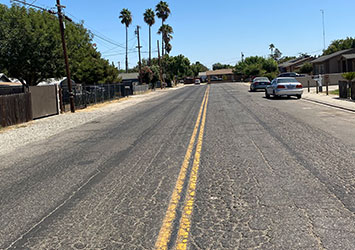
04/2022 – 11/2022
Ceres, Turlock, Crows Landing, and East Oakdale (UPP Phase E)Phase E of the Urban Pavement Preservation provided treatment in the communities of Ceres, Turlock, Crows Landing, and East Oakdale in Stanislaus County. The treatments for Phase E included localized pavement dig-outs, microsurfacing, rapid setting slurry seal, and asphalt-rubber chip seal. The asphalt-rubber chip seal is considered the heart of the project. It is a unique type of treatment that mixes recycled tire rubber into the asphalt to create a more durable pavement surface.
A portion of the Phase E project was funded by a grant from CalRecycle for utilizing the asphalt-rubber chip seal treatment. CalRecycle’s grant funding encourages the use of recycled tire rubber in pavement treatment materials in an effort to divert tires from the waste stream. By utilizing asphalt-rubber chip seal treatment, this project diverted 17,833 waste tires from the waste stream.
In areas that received the micro-surfacing or asphalt-rubber chip seal treatment, sidewalk curb ramps were also reconstructed to meet current ADA standards. Over 110 ramps were constructed or reconstructed. Construction for the Urban Pavement Preservation Phase E project occurred between August 2022 and November 2022.

-

03/2021 - 07/2021
Riverbank, North Modesto, East Oakdale, and Knights Ferry (UPP Phase D)Phase D of the Urban Pavement Preservation provided treatment to East Oakdale, Riverbank, and Knights Ferry in Stanislaus County. The treatments for Phase D included localized pavement dig-outs, micro-surfacing, rapid setting slurry seal, and asphalt rubber chip seal. In areas that received the micro-surfacing or asphalt rubber chip treatment, sidewalk curb ramps were also reconstructed to meet current ADA standards. 33 ramps were either constructed or reconstructed. The construction for the Urban Pavement Preservation Phase D began in March 2021 and ends July 2021.
-
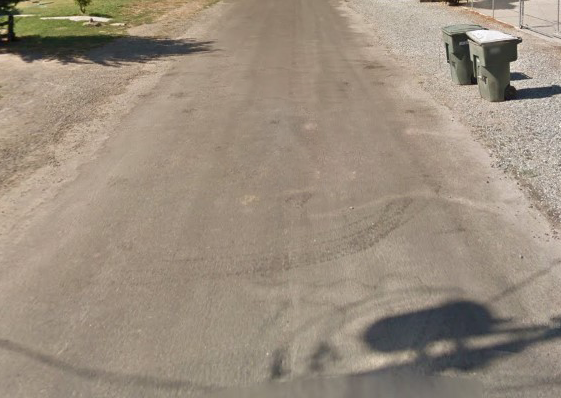
03/2020 - 08/2020
Denair, Crown Tract, and Del Rio (UPP Phase C)Phase C of the Urban Pavement Preservation provided treatment to Del Rio, Denair, and Cowan Tract area of Stanislaus County. The treatments for Phase C included localized pavement dig-outs, micro-surfacing, rapid setting slurry seal, and asphalt rubber chip seal. In areas that received the micro-surfacing or asphalt rubber chip treatment, sidewalk curb ramps were also reconstructed to meet current ADA standards. Over 100 ramps were either constructed or reconstructed. The construction for the Urban Pavement Preservation Phase C began in March 2020 and ended August 2020.
-
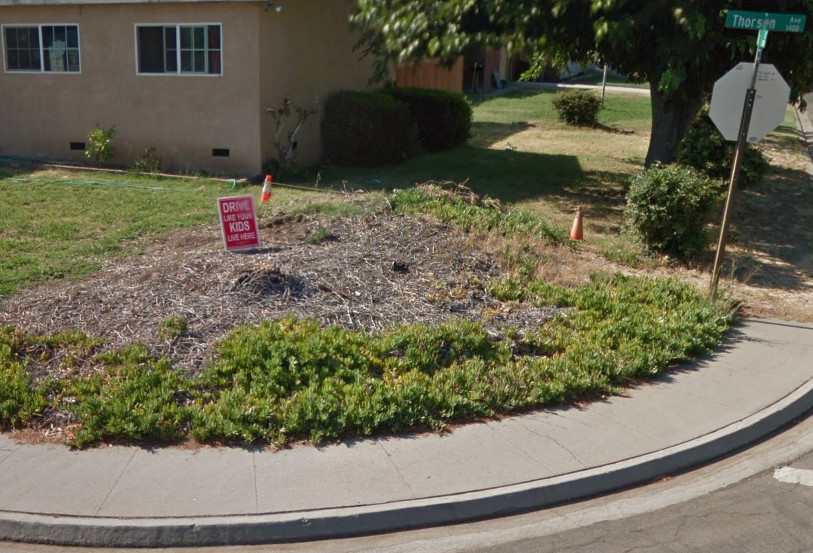
10/2018 - 06/2019
Sylvan, Empire, Shaddox, and Hickman (UPP Phase B)Phase B of the Urban Pavement Preservation provided treatment to Hickman, Empire, and Sylvan and Shaddox Areas of Stanislaus County. The treatments for Phase B included localized pavement dig-outs, micro-surfacing, rapid setting slurry seal, and asphalt rubber chip seal. In areas that received the micro-surfacing or asphalt rubber chip treatment, sidewalk curb ramps were also reconstructed to meet current ADA standards. 105 ramps were either constructed or reconstructed. The construction for the Urban Pavement Preservation Phase B began in October 2018 and ended June 2019.
-
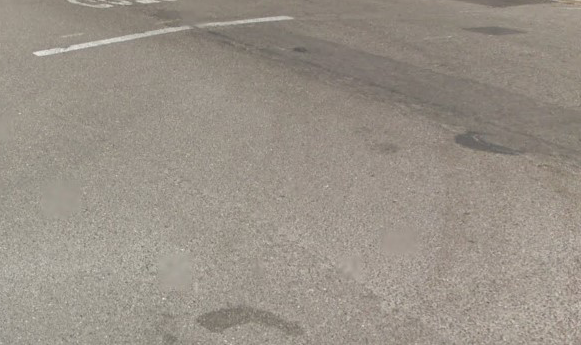
07/2017 - 09/2017
Salida (UPP Phase A)Phase A of the Urban Pavement Preservation provided treatment to the Salida Area of Stanislaus County. The treatments for Phase A included mostly slurry seal, with some micro-surfacing and asphalt rubber chip seal in areas that showed signs of more distress. The construction for the Urban Pavement Preservation Phase A began in July 2017 and ended September 2017.






